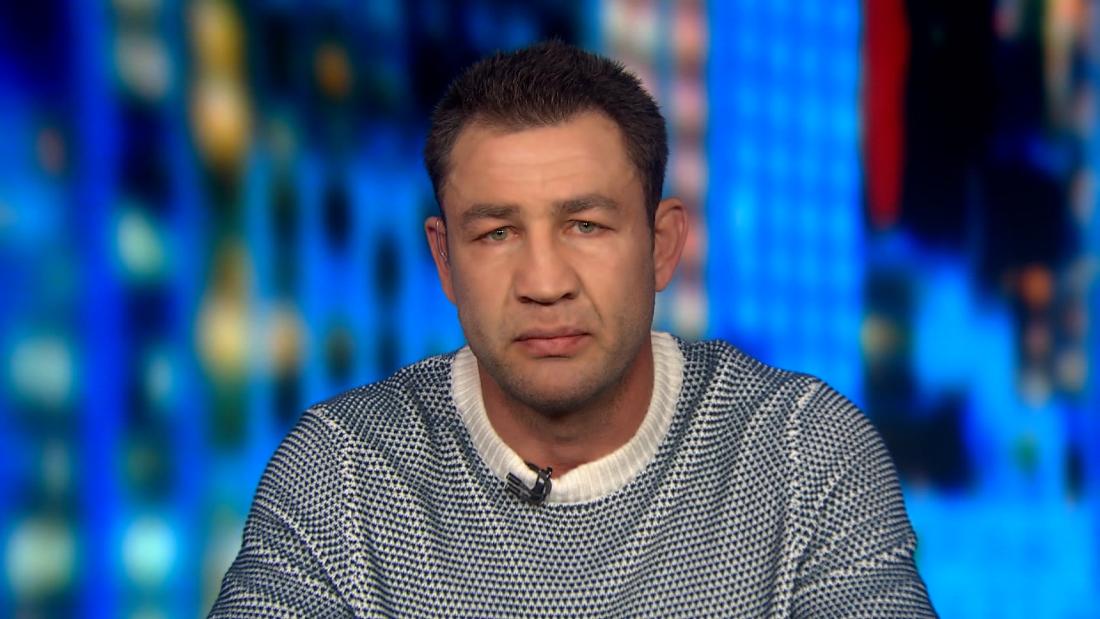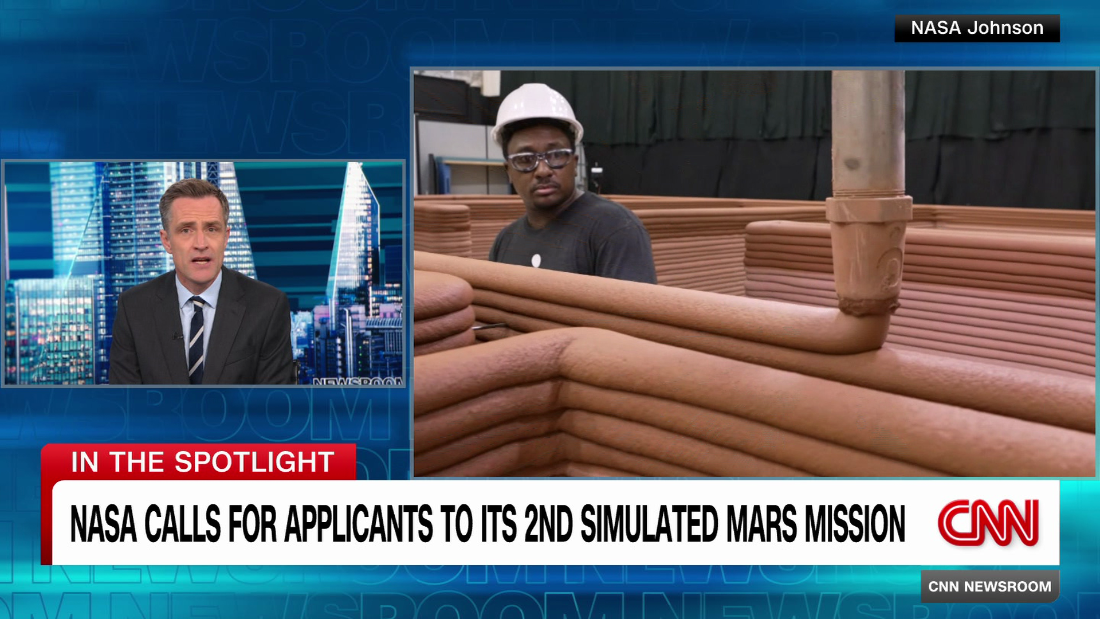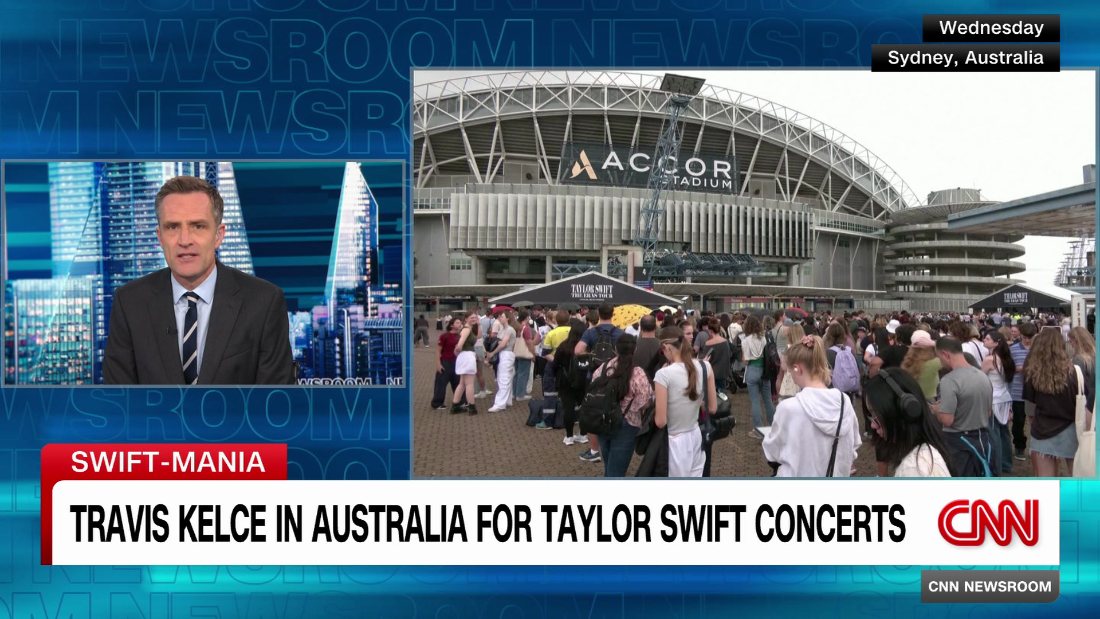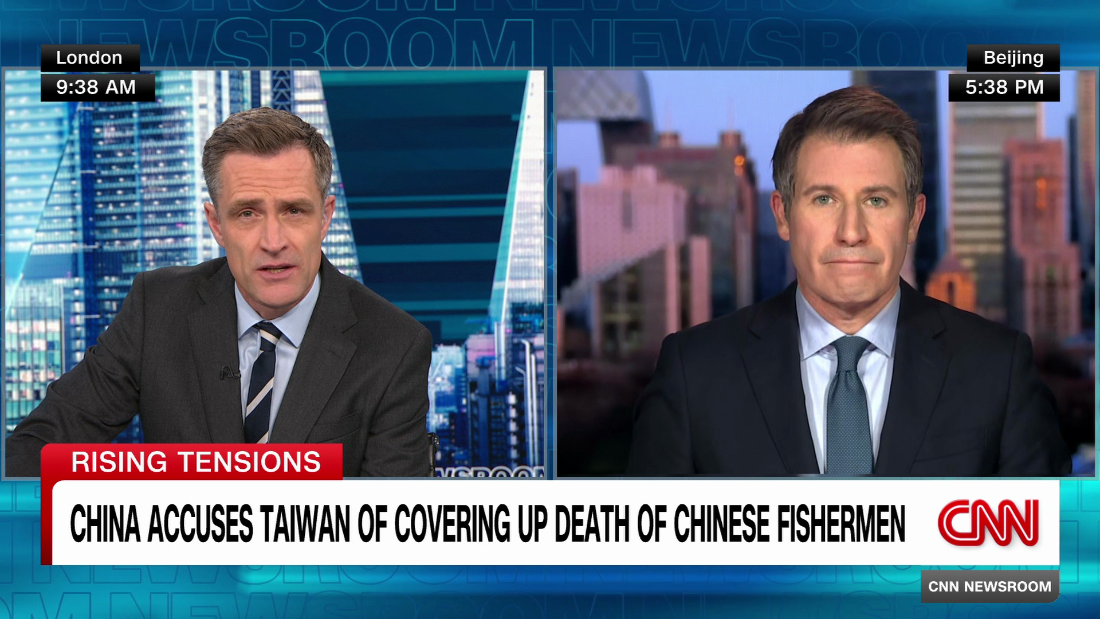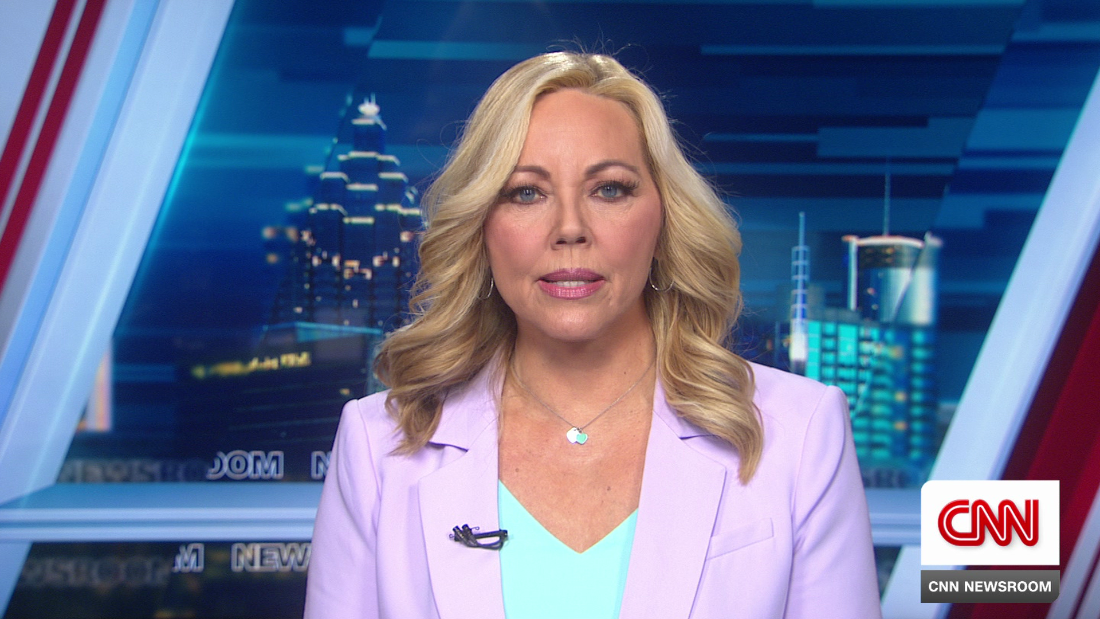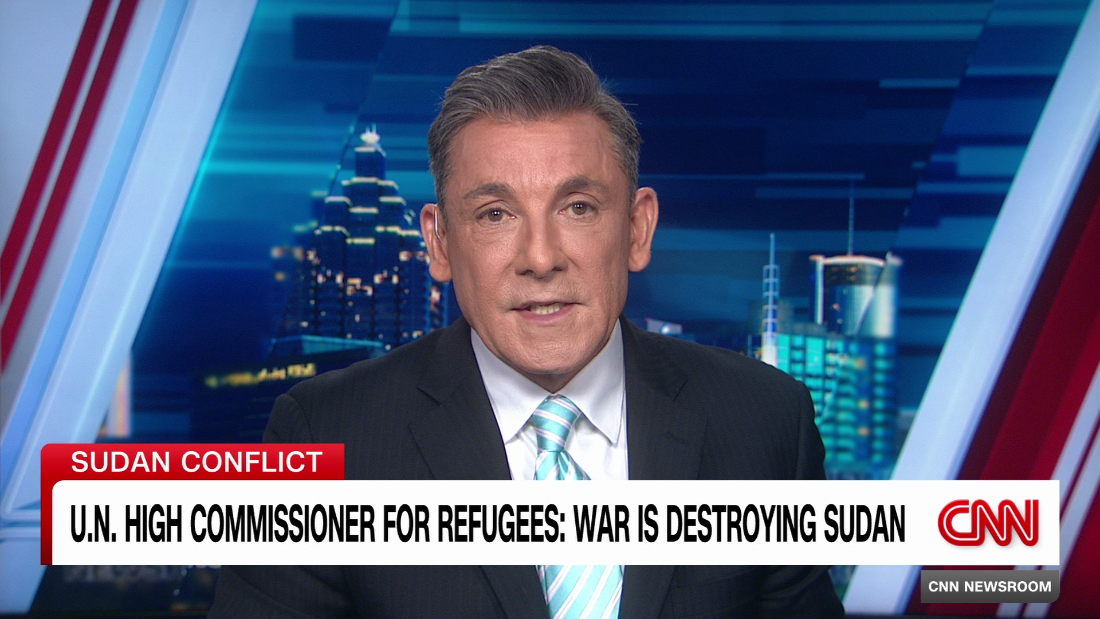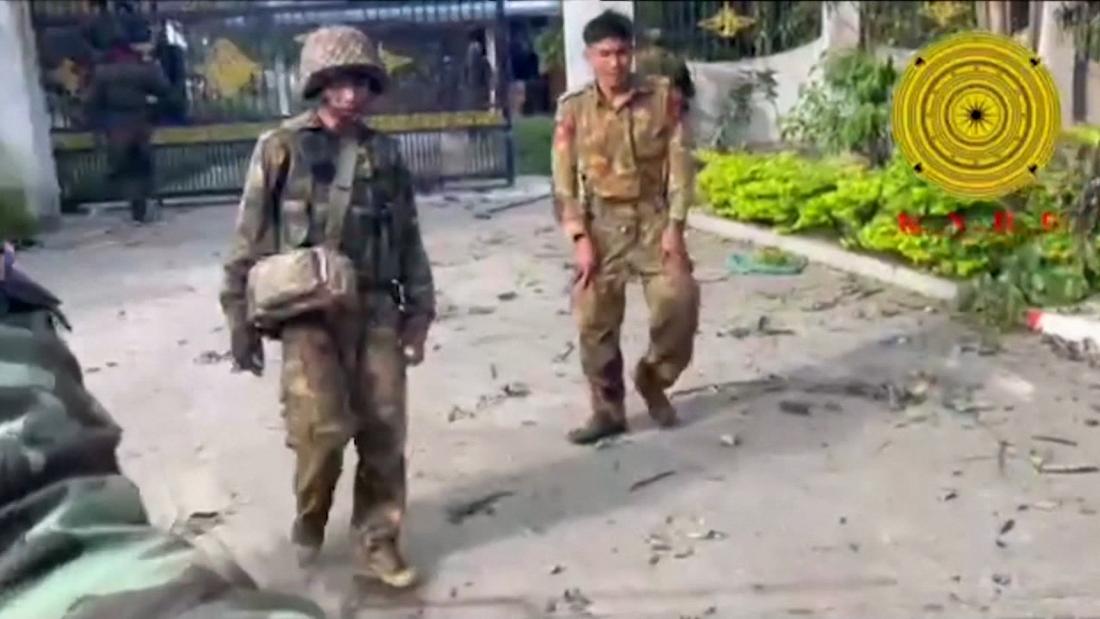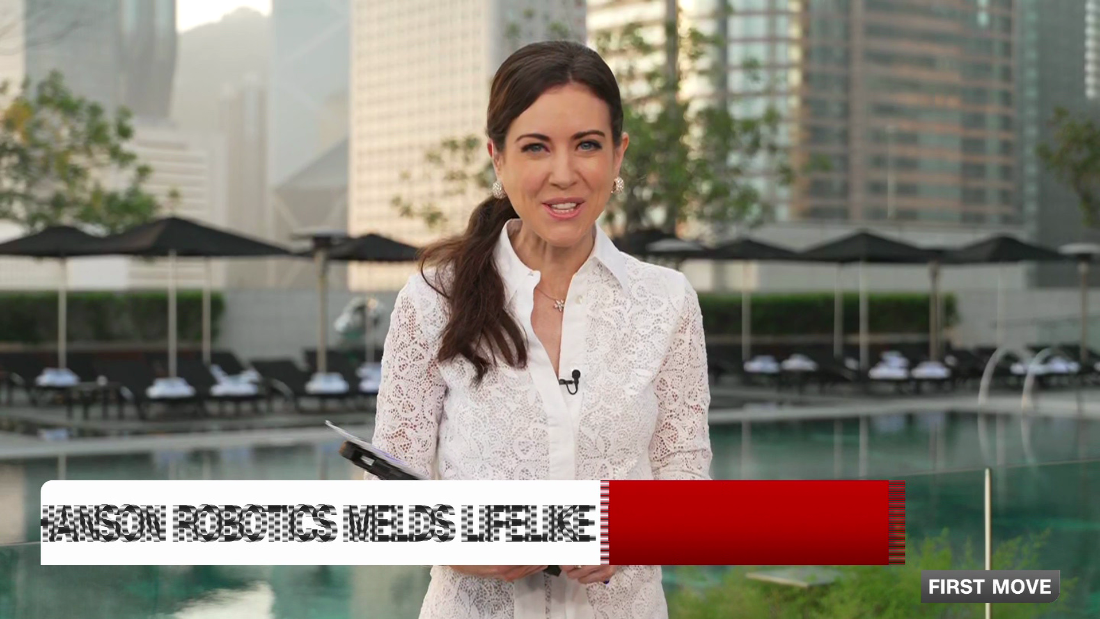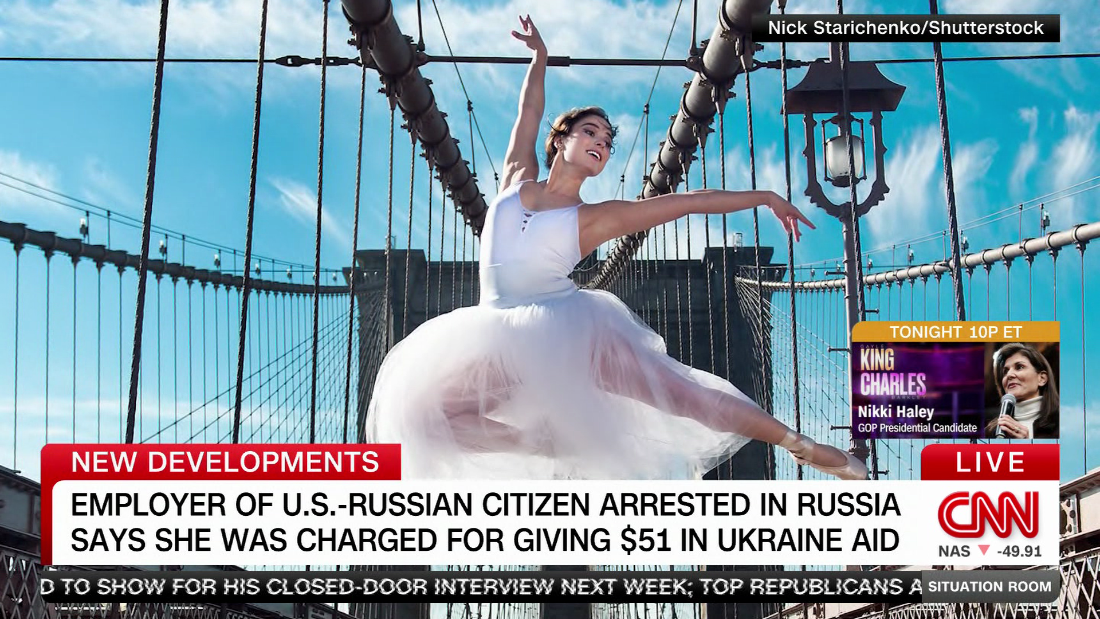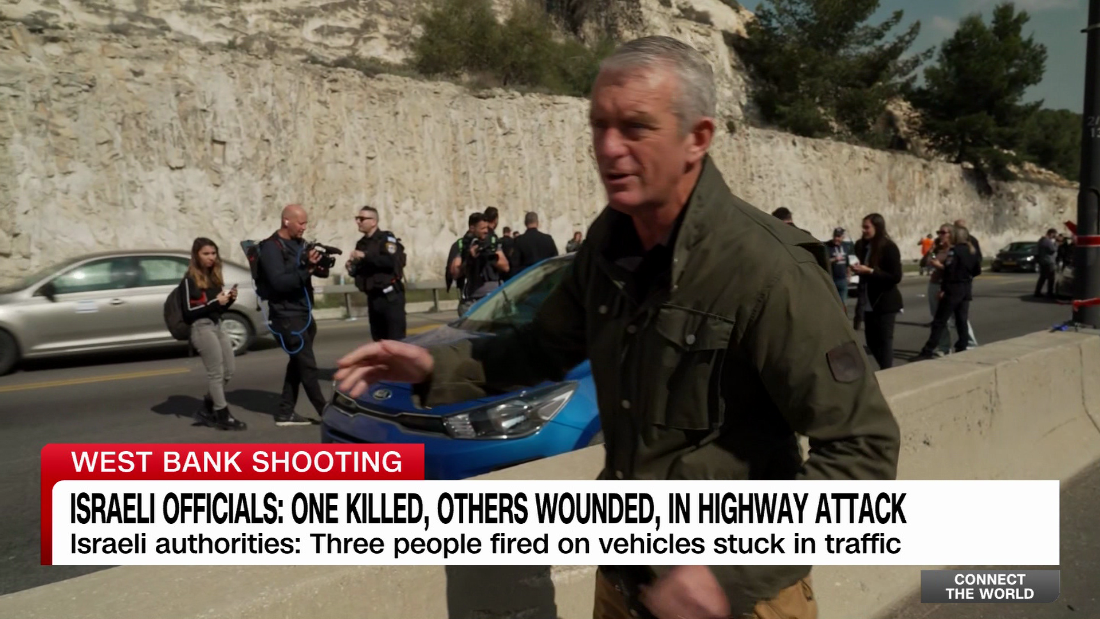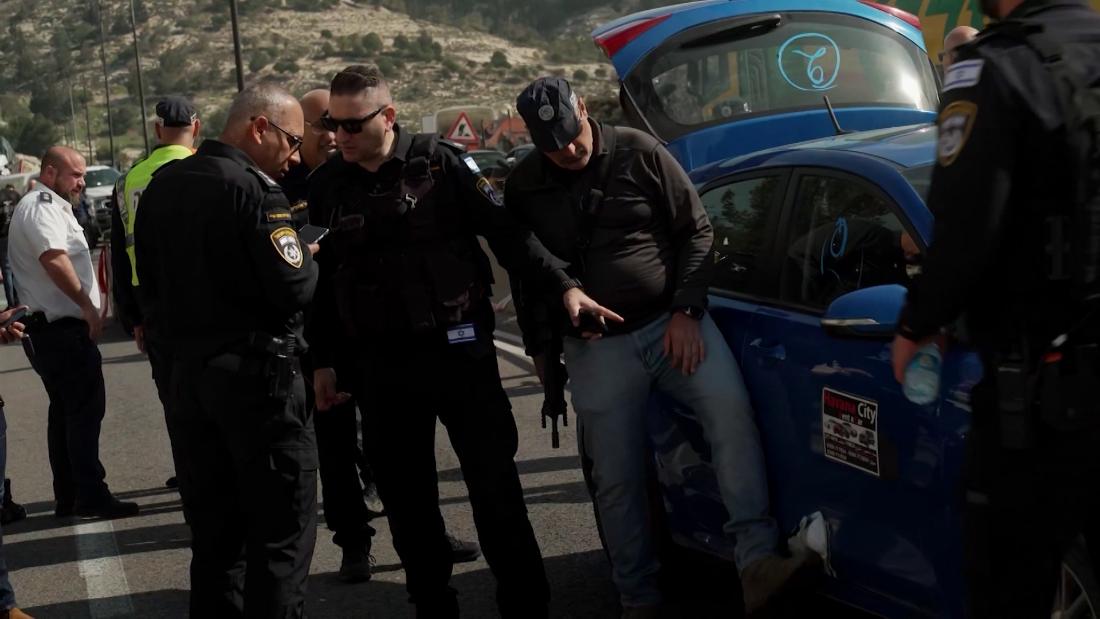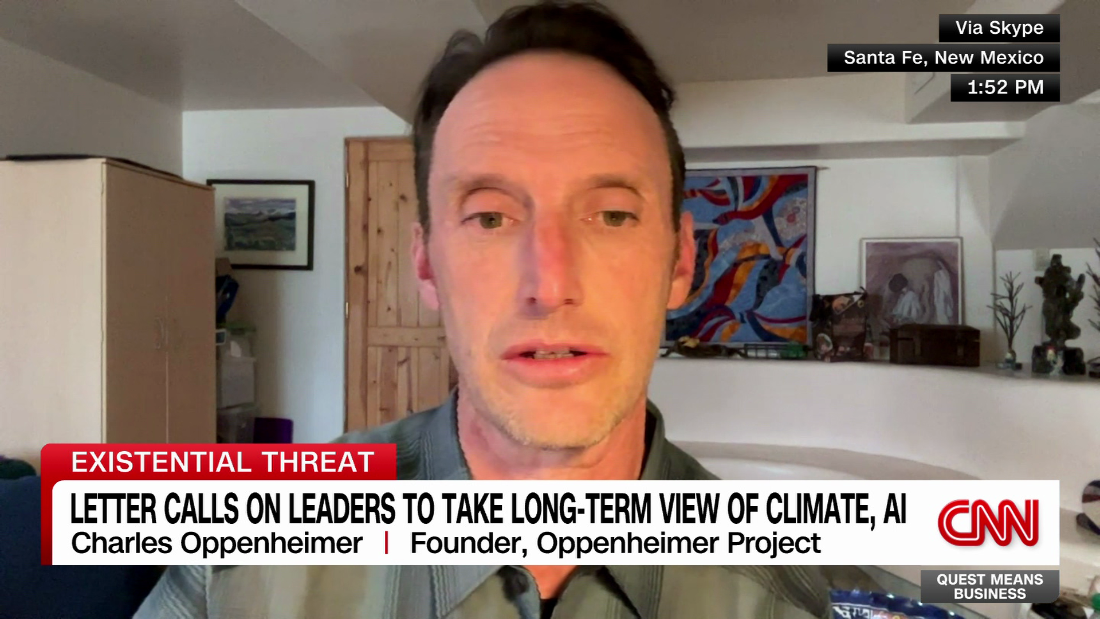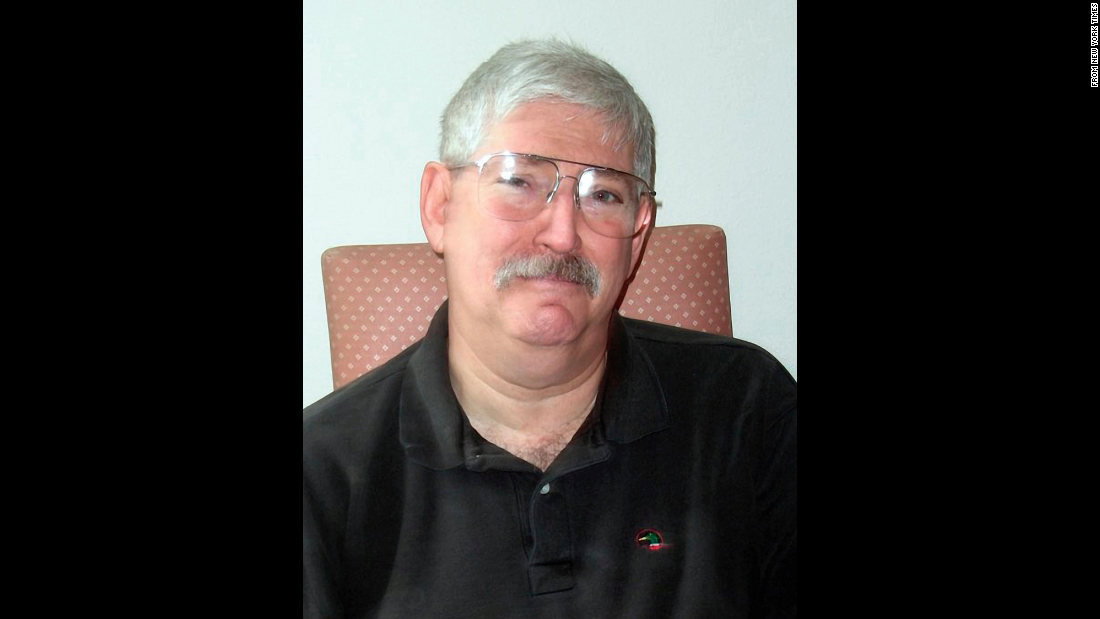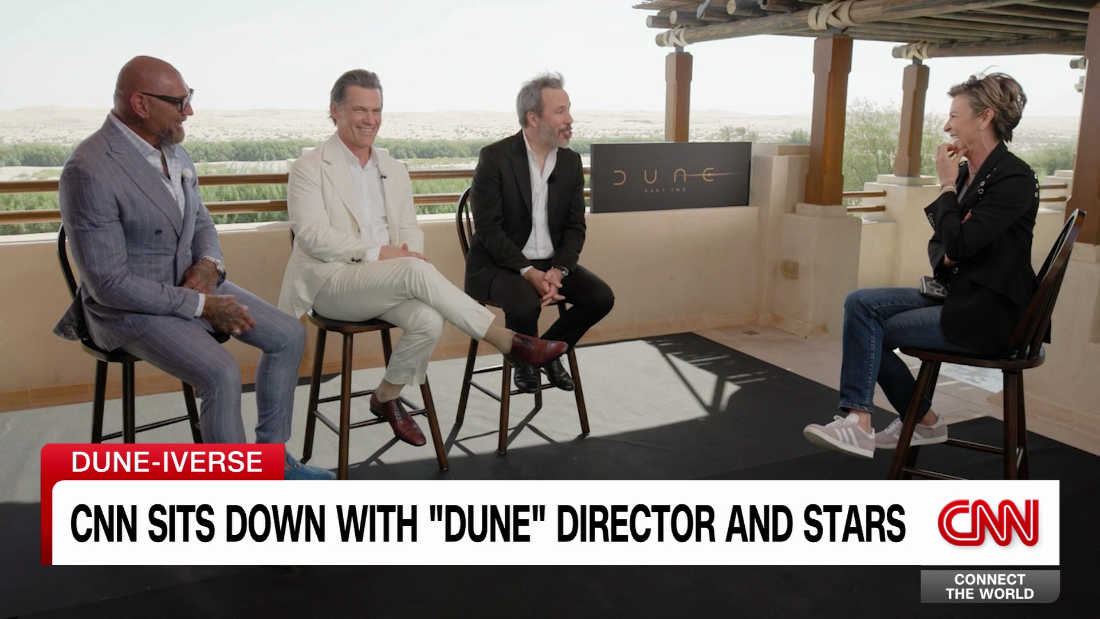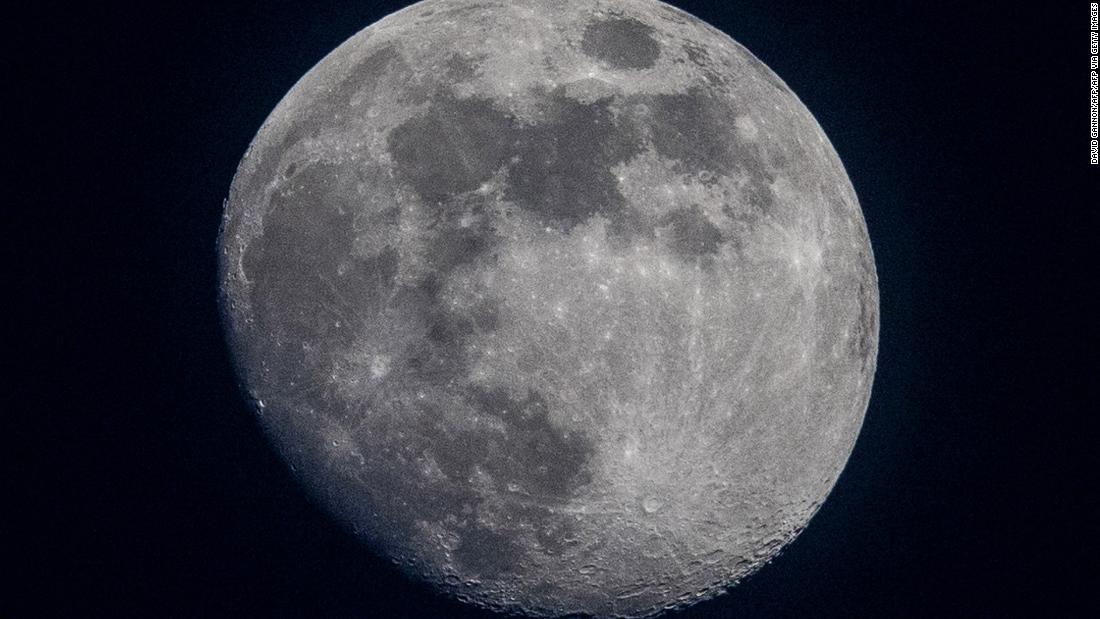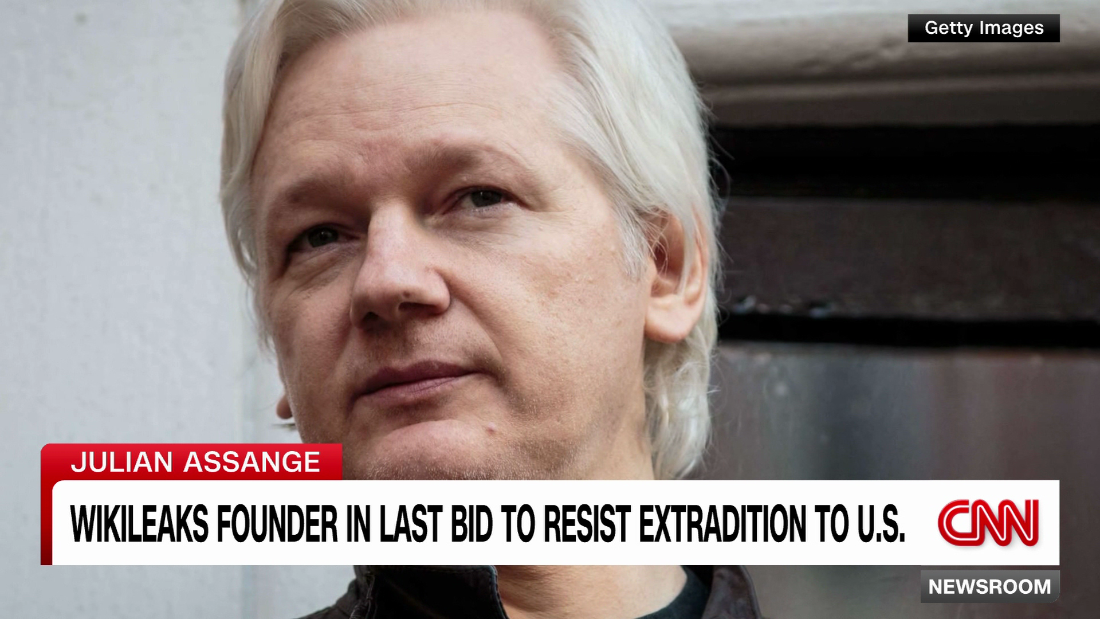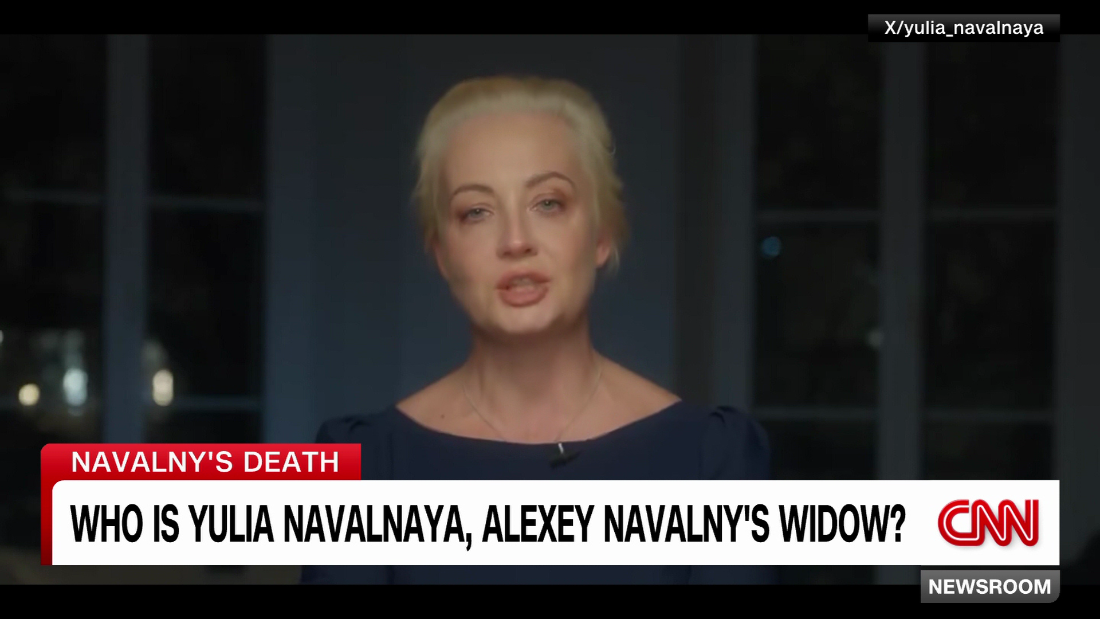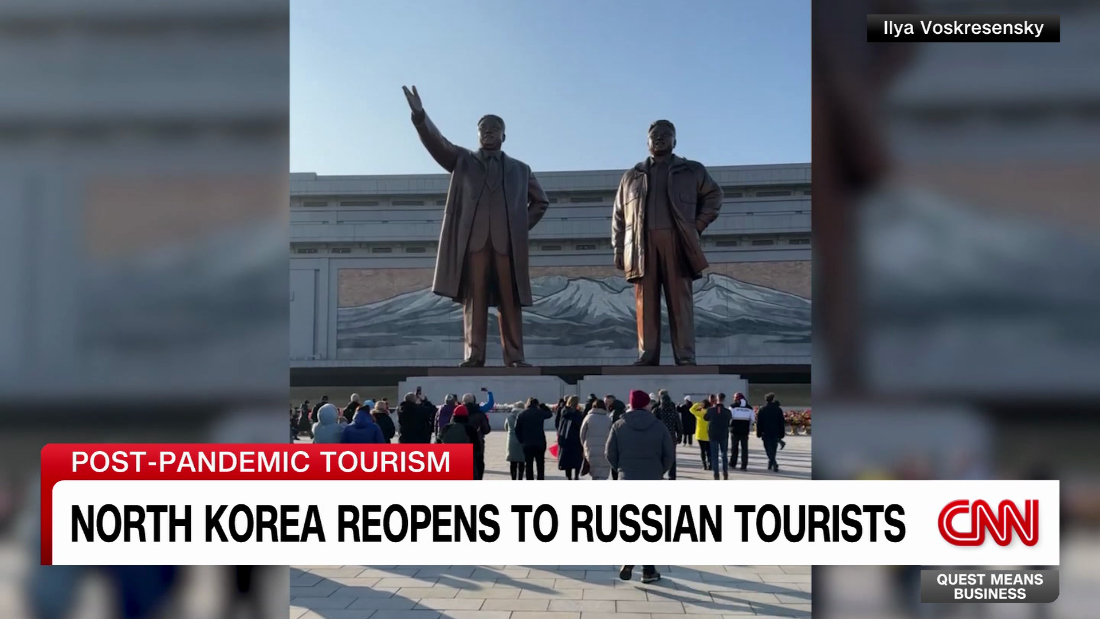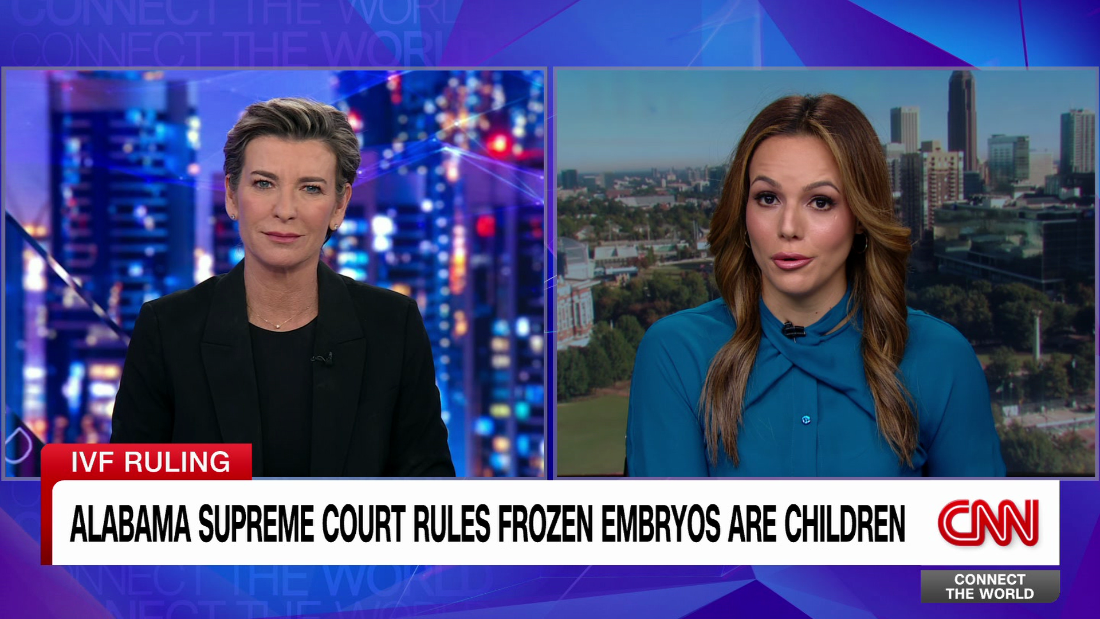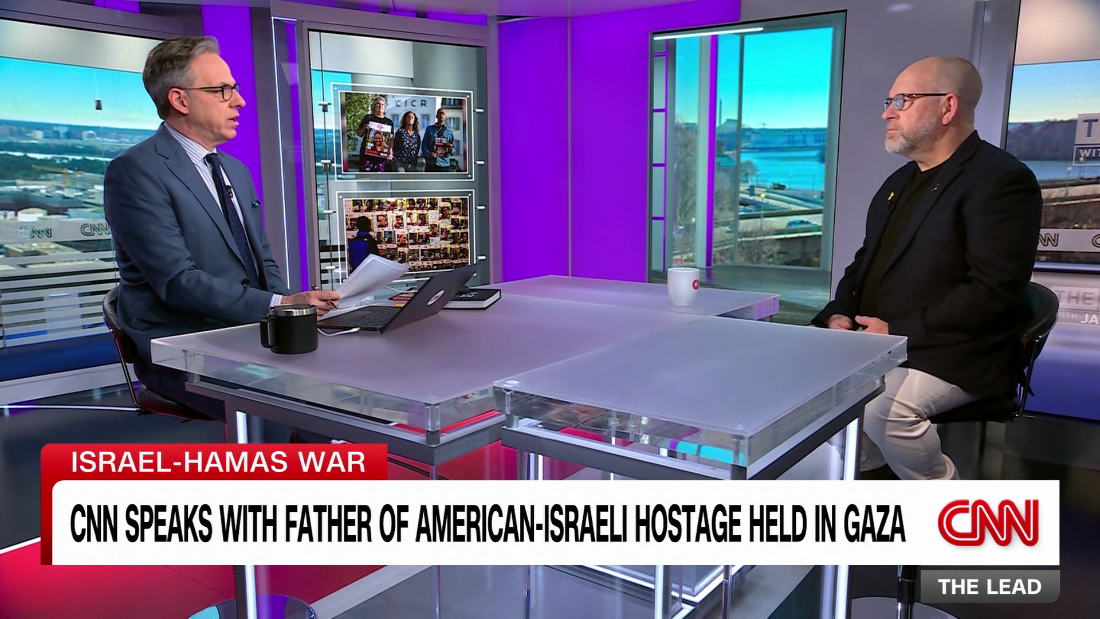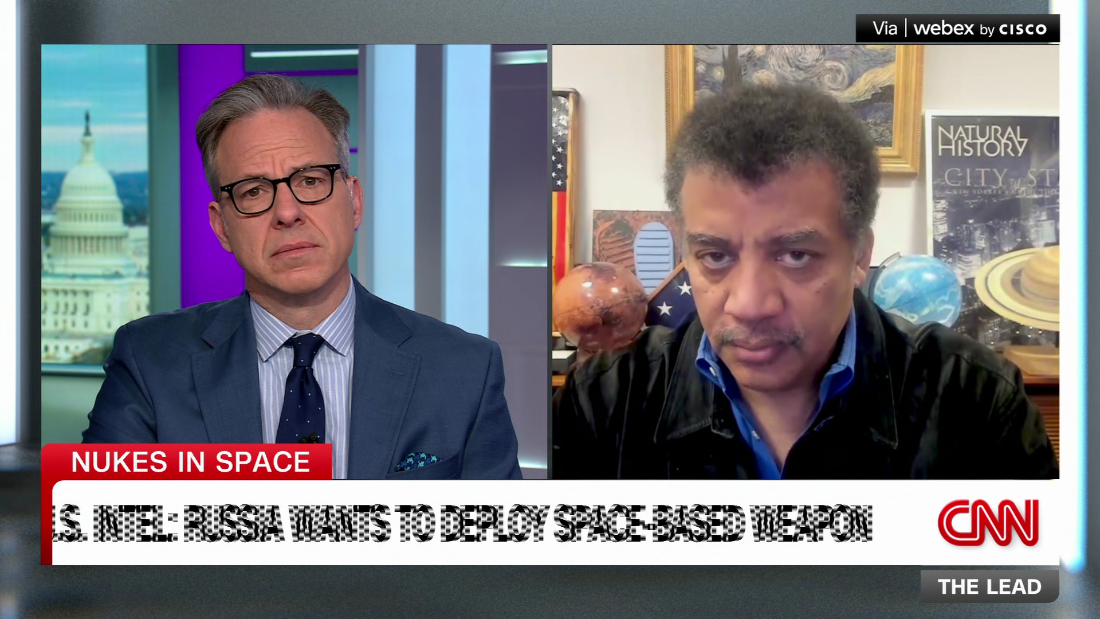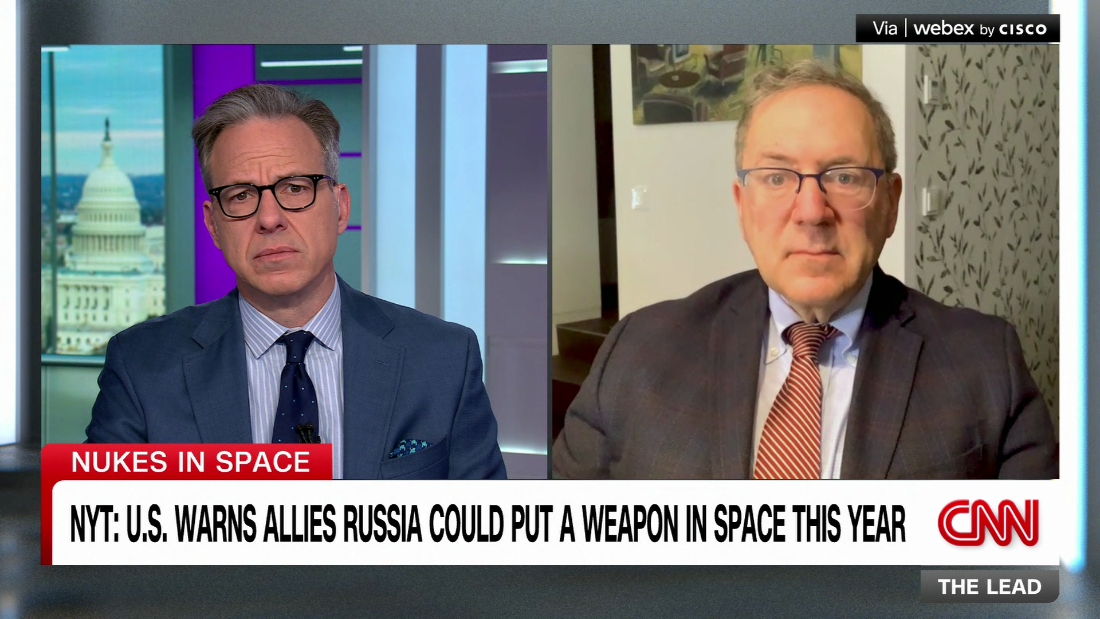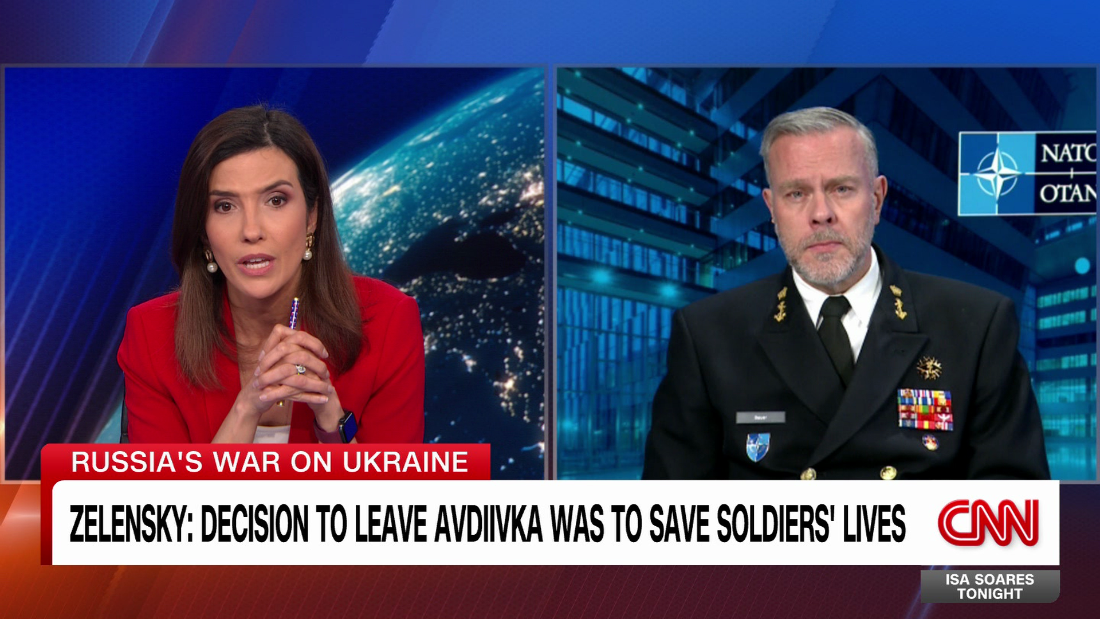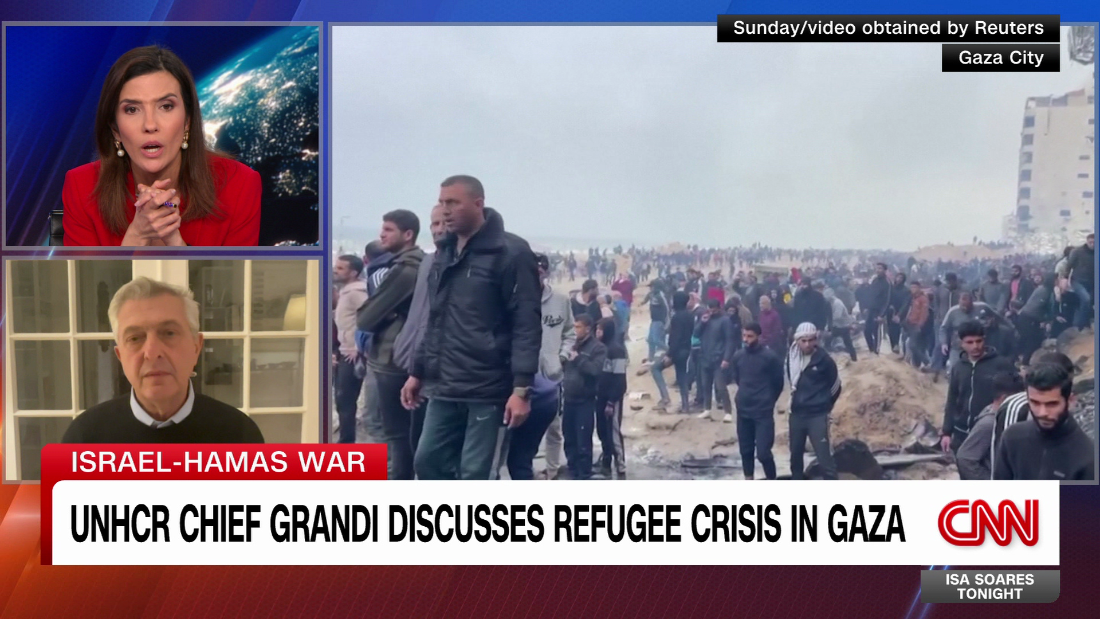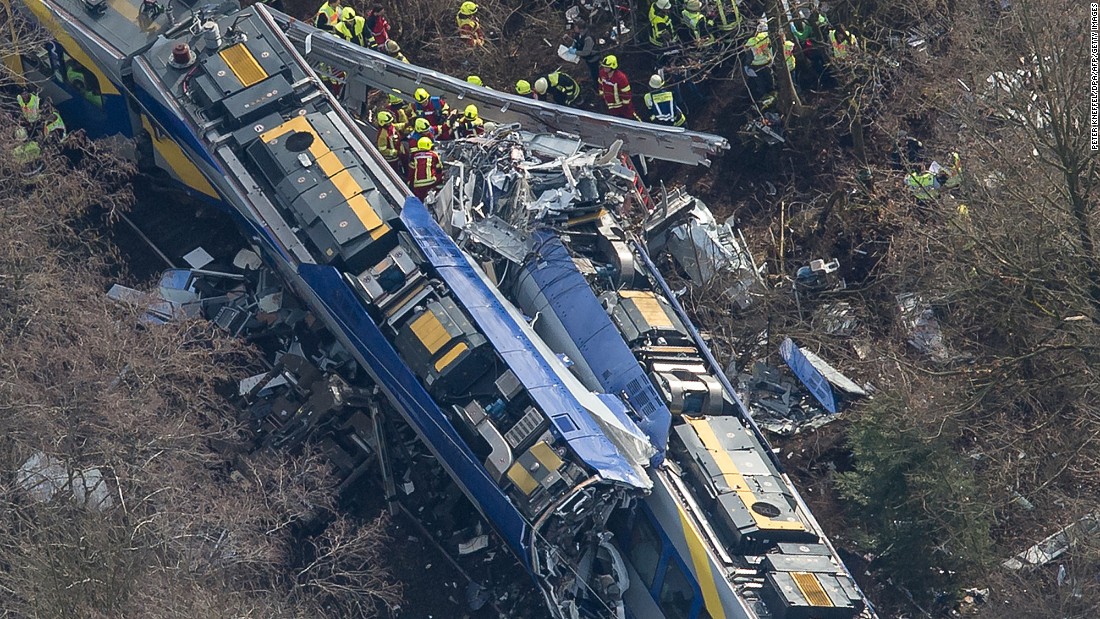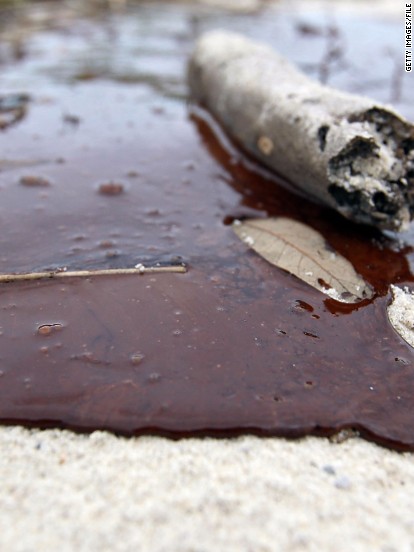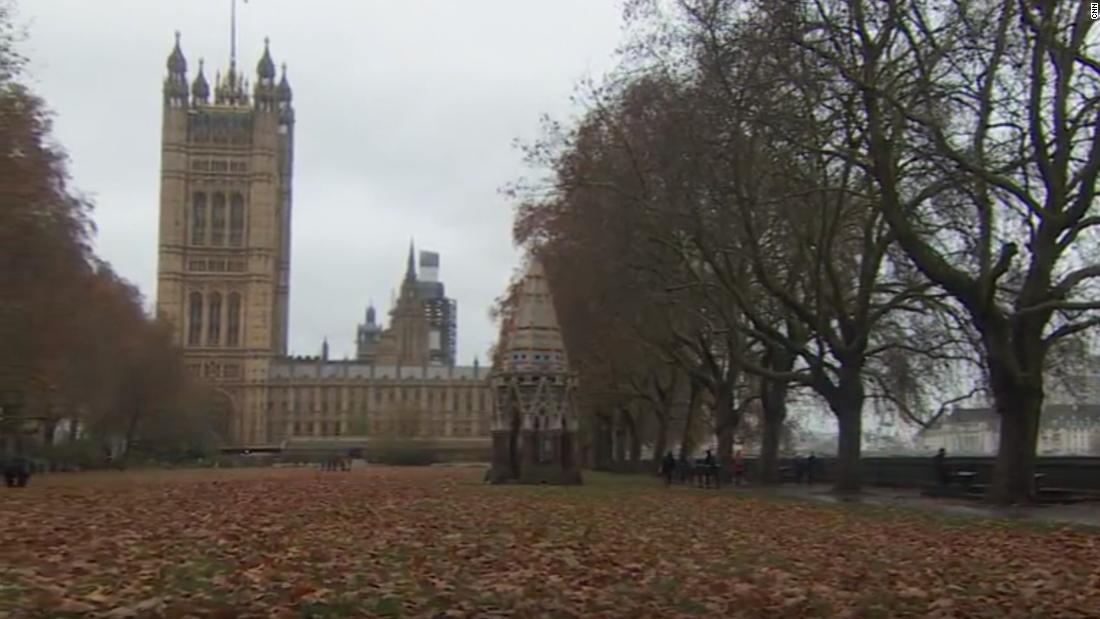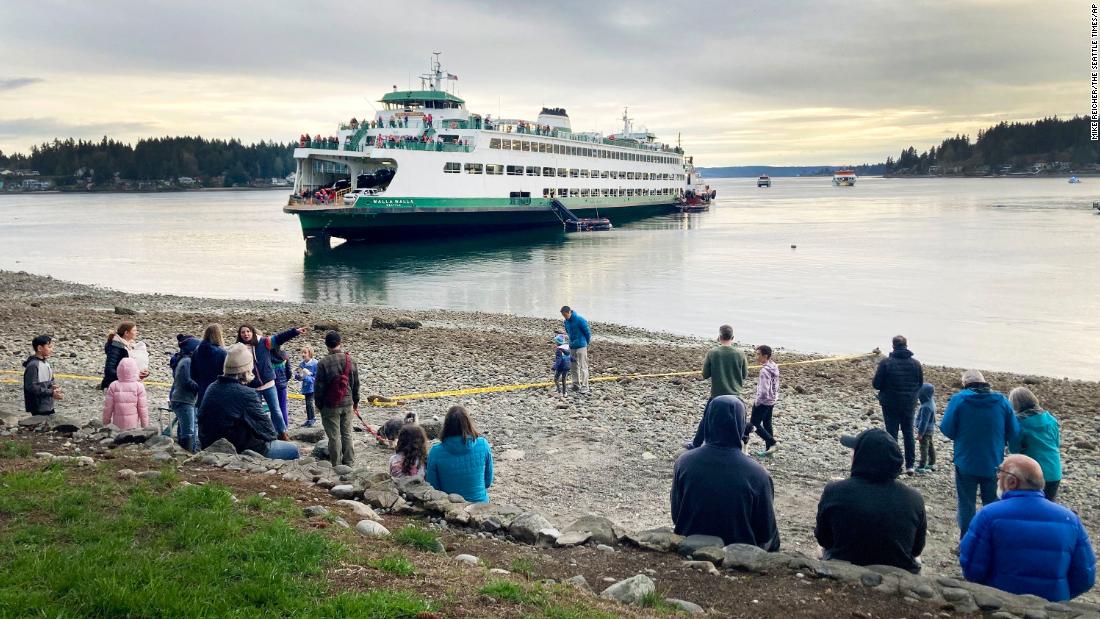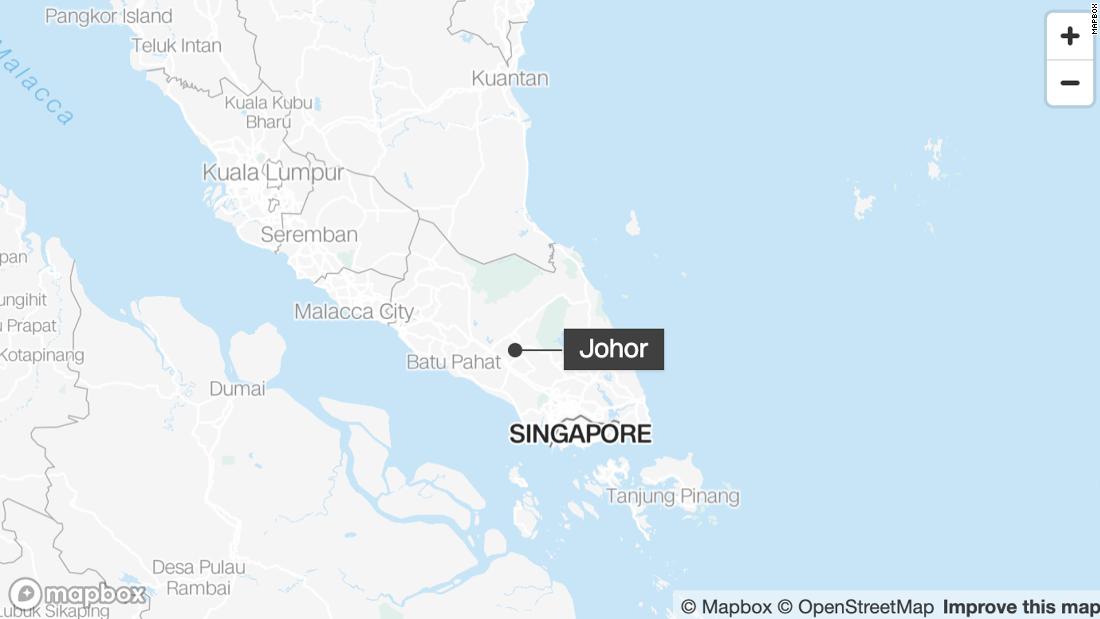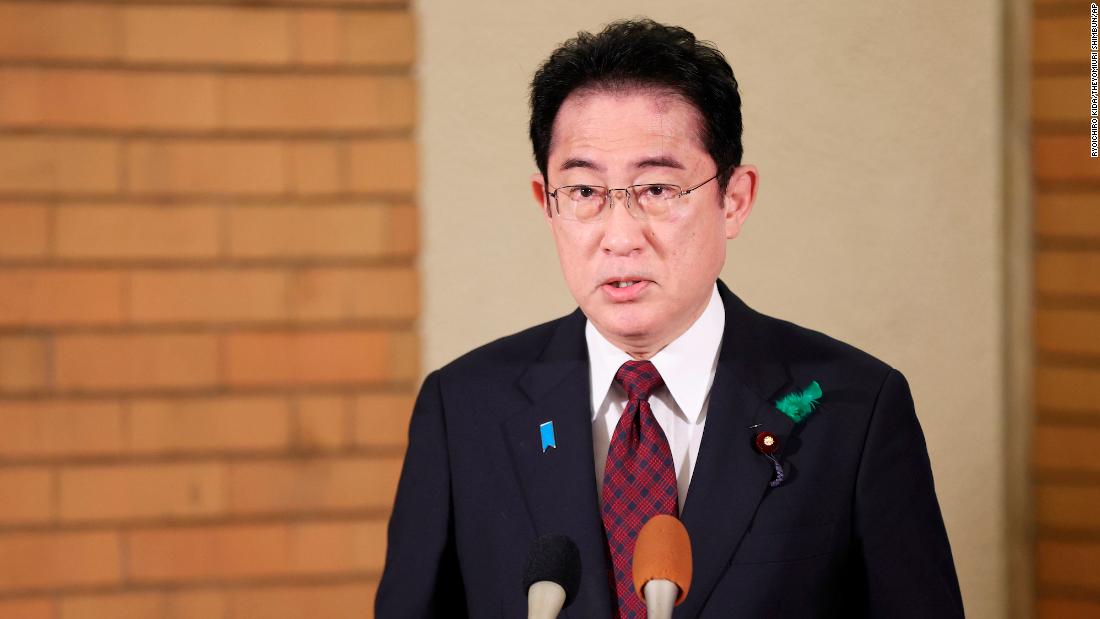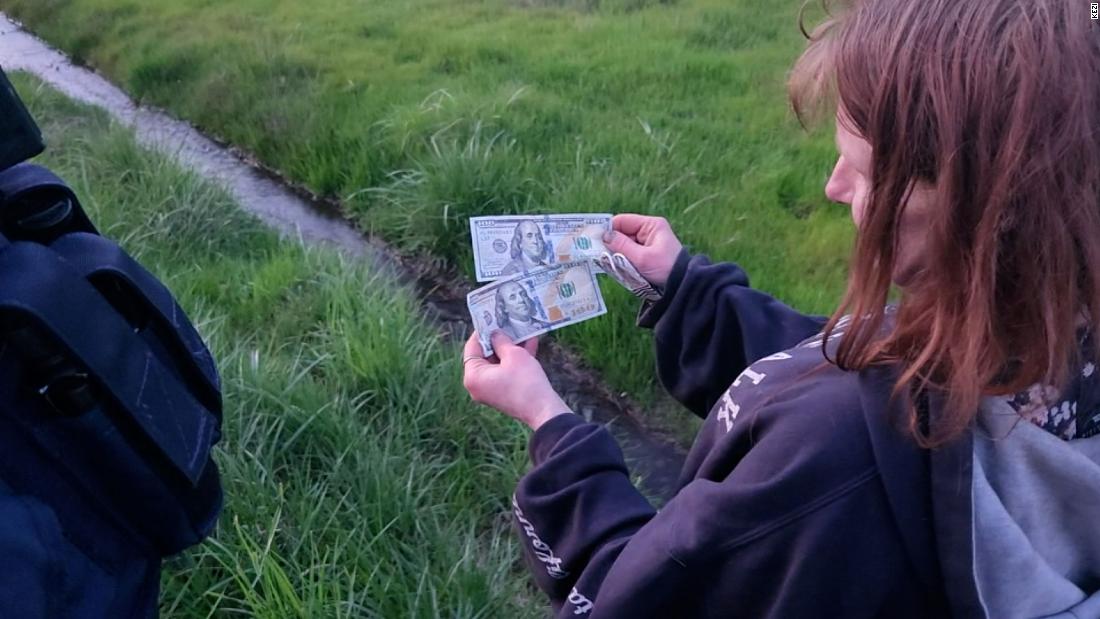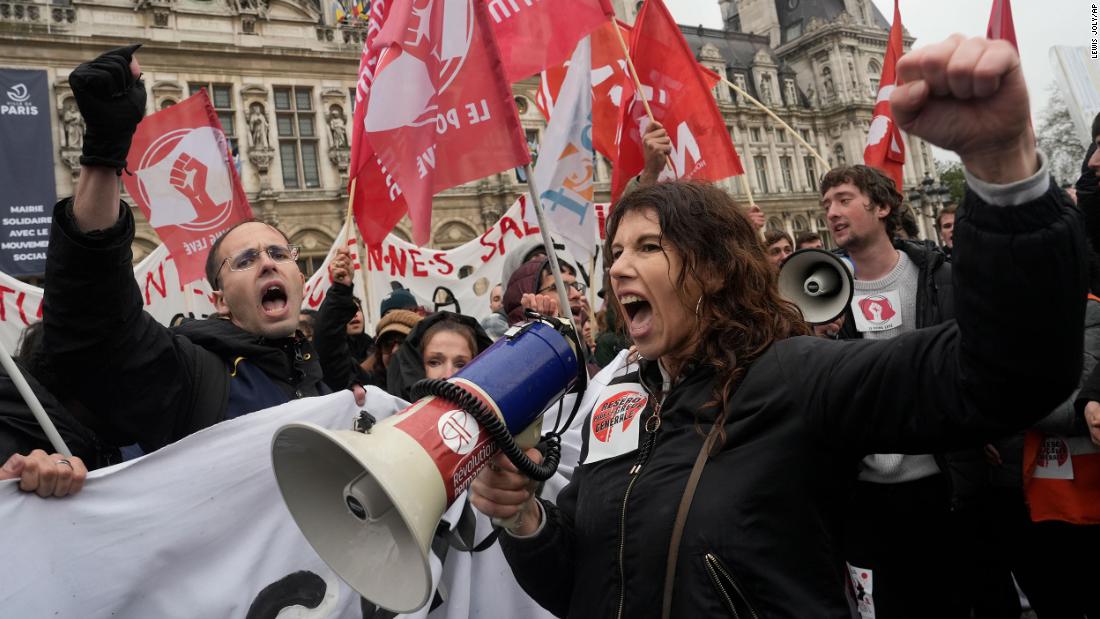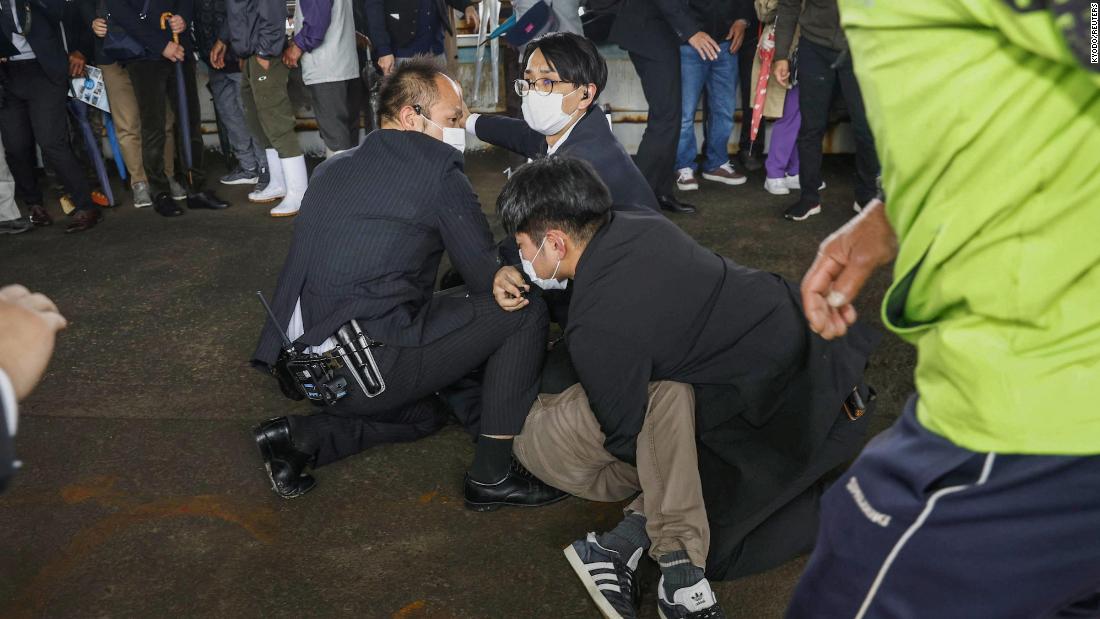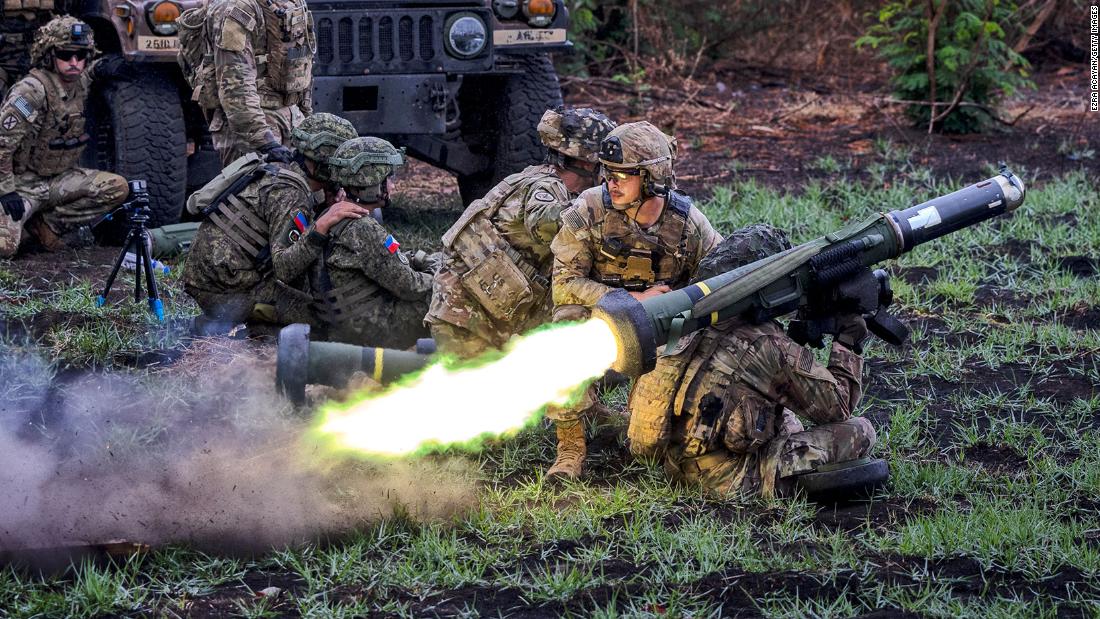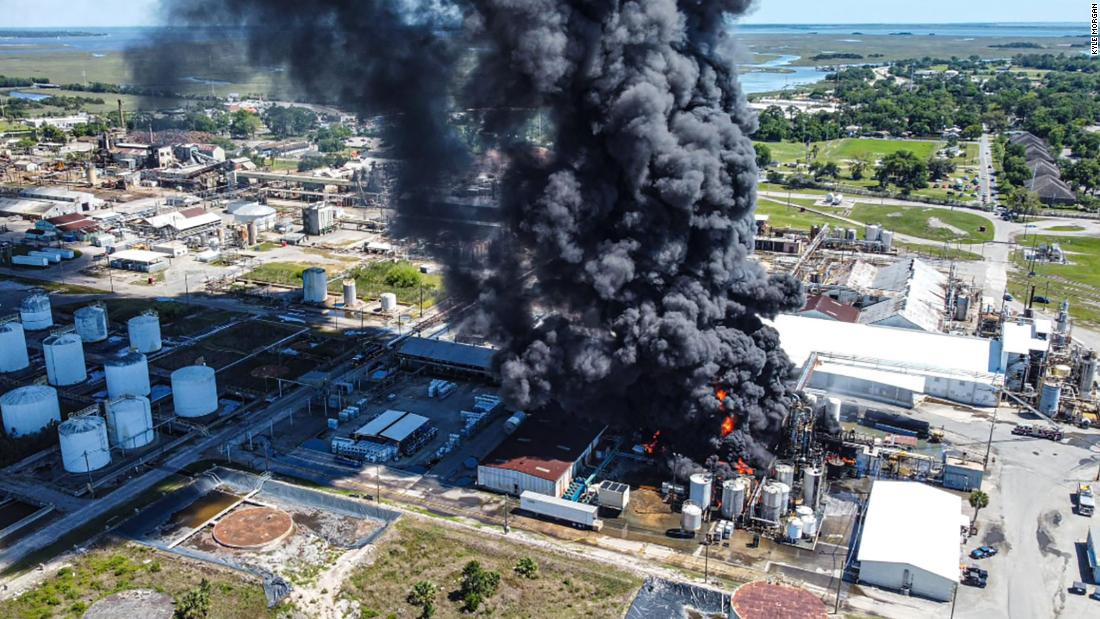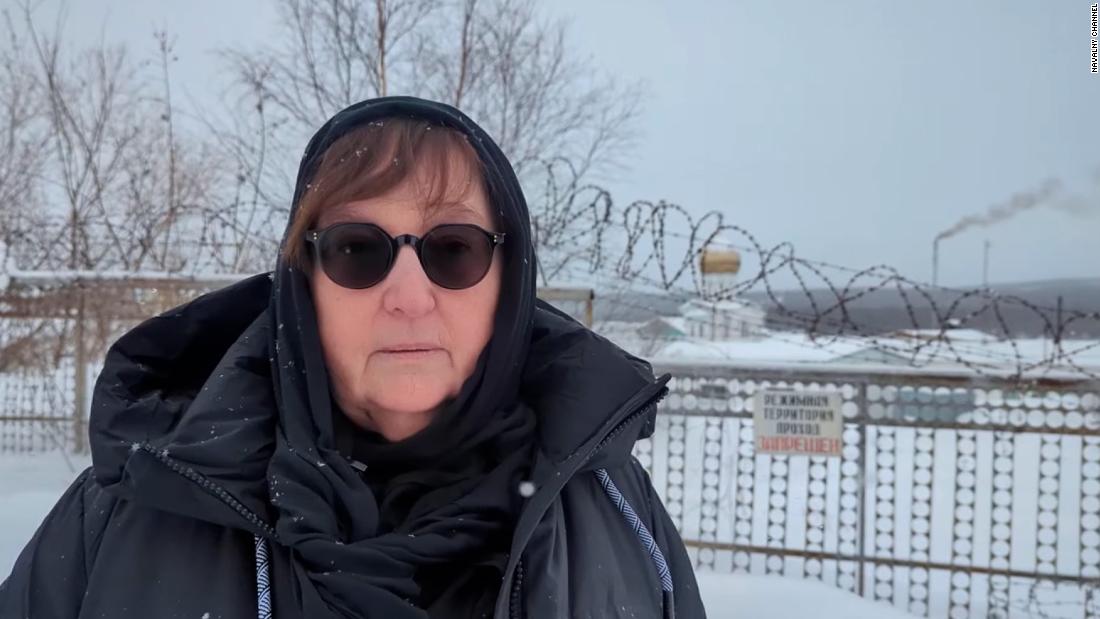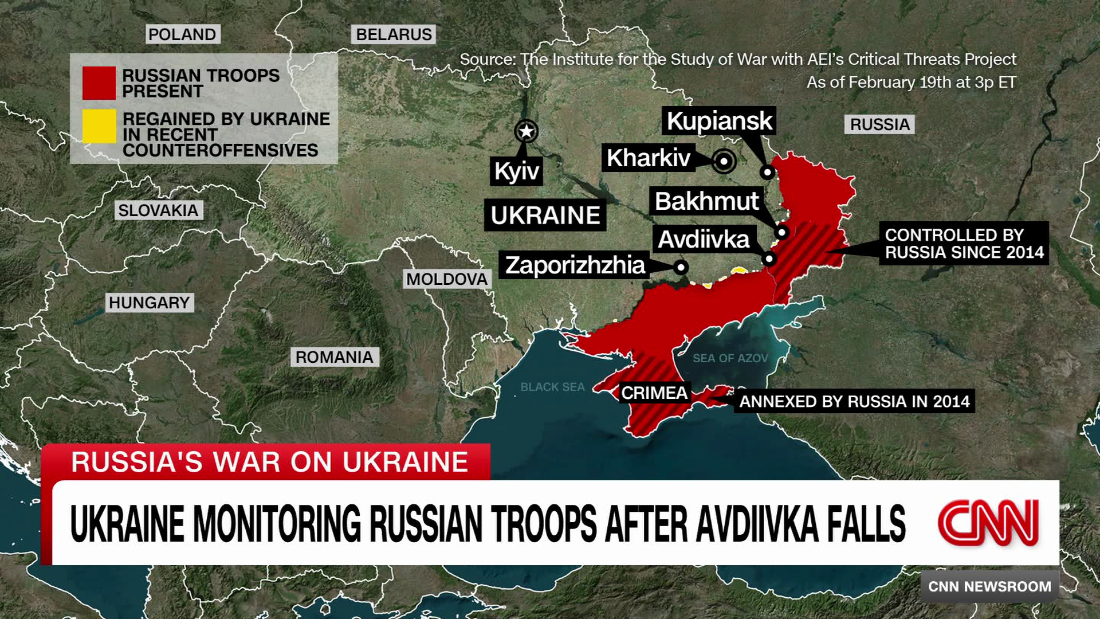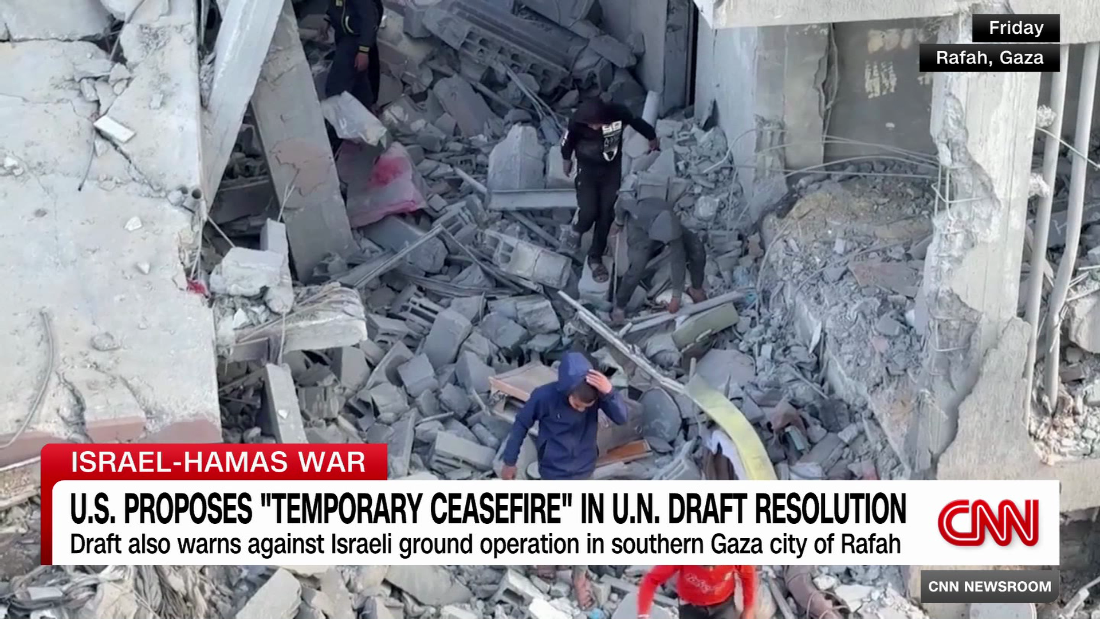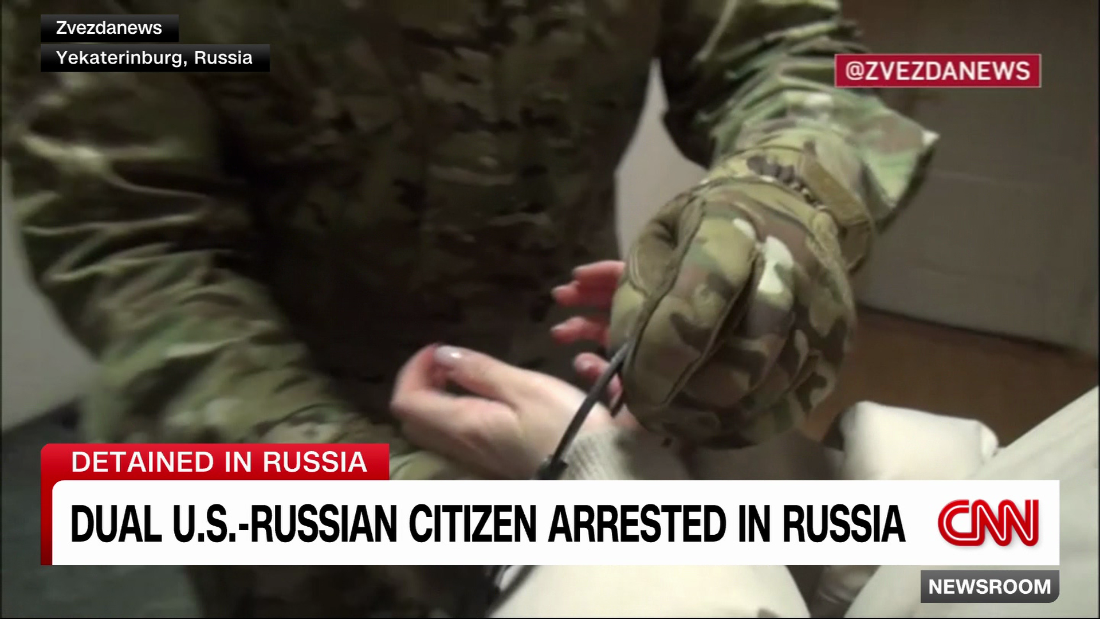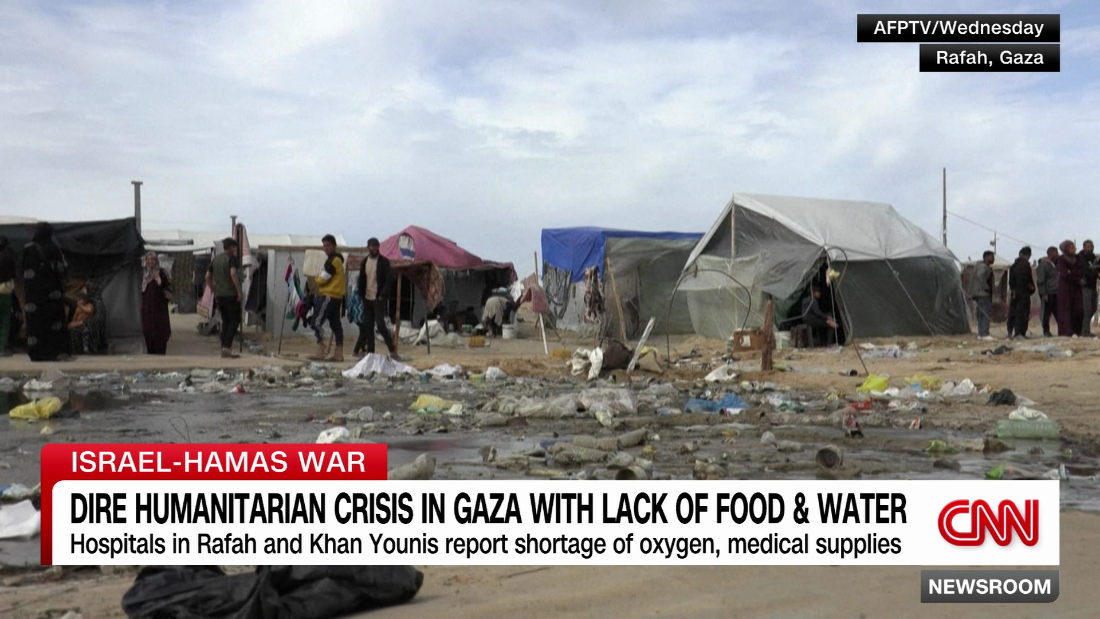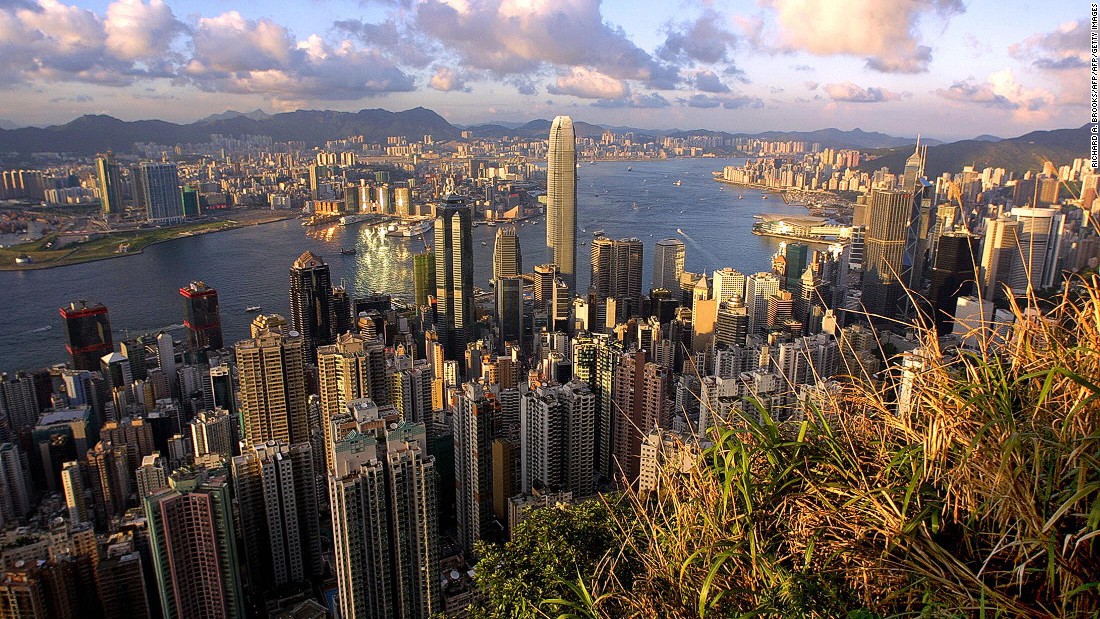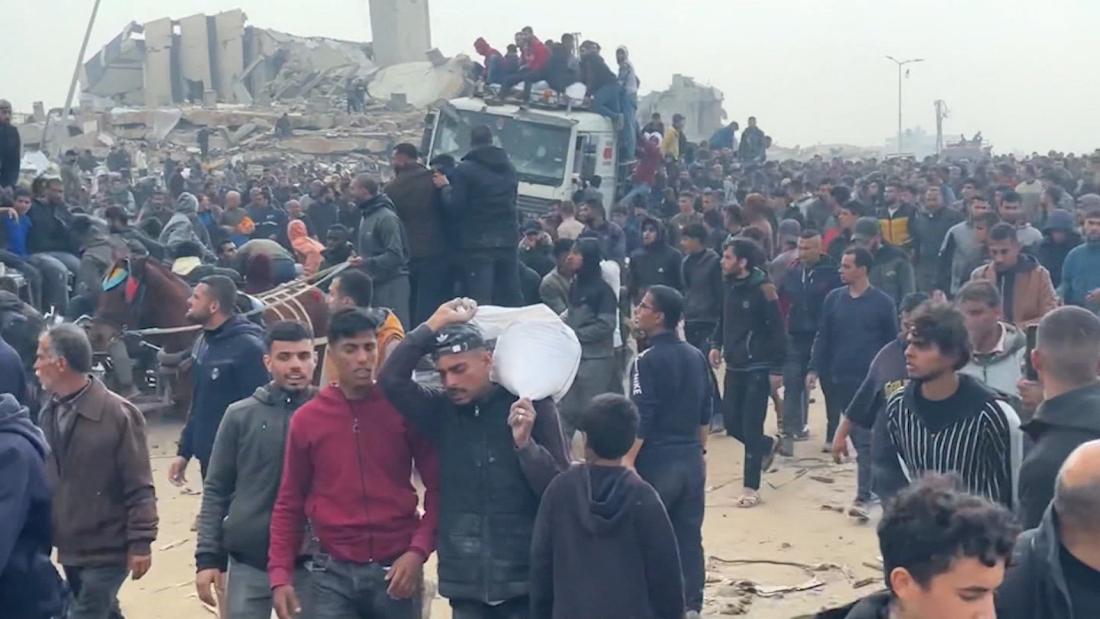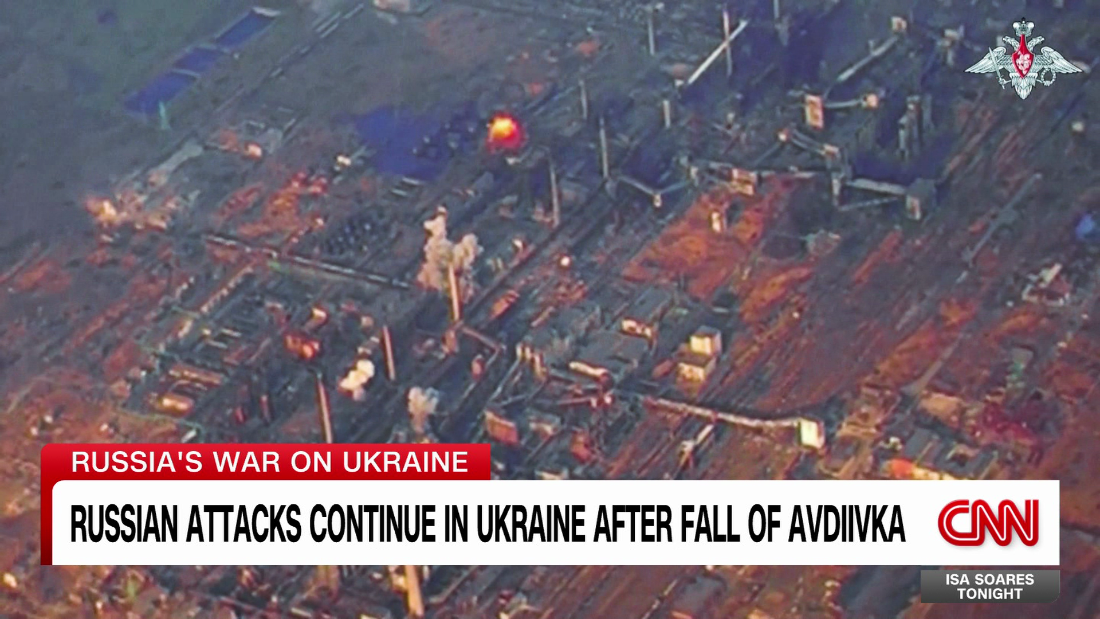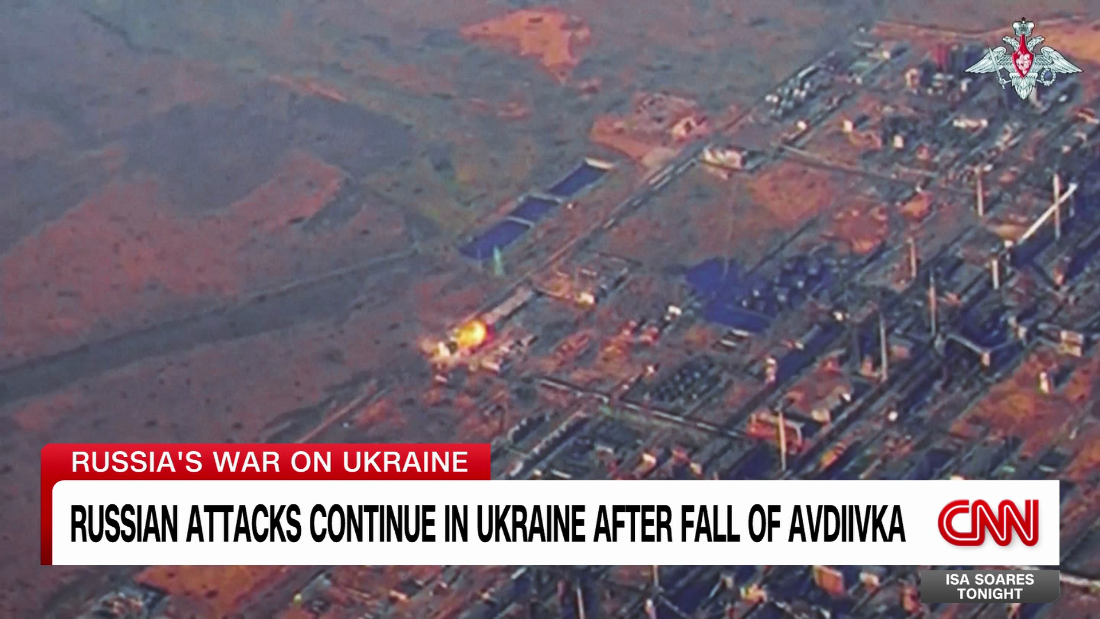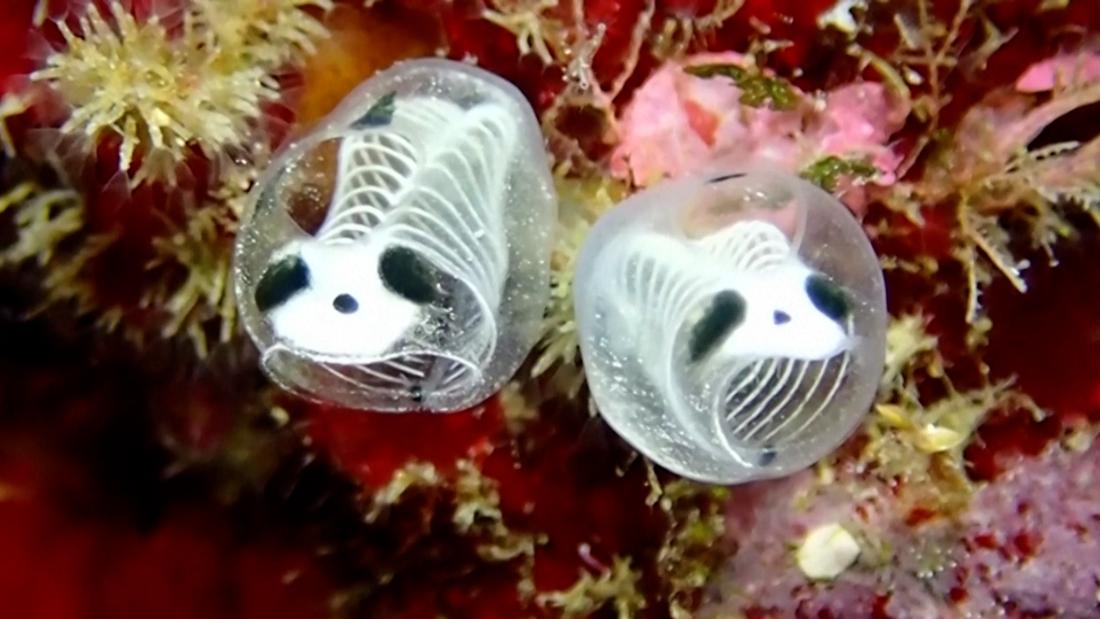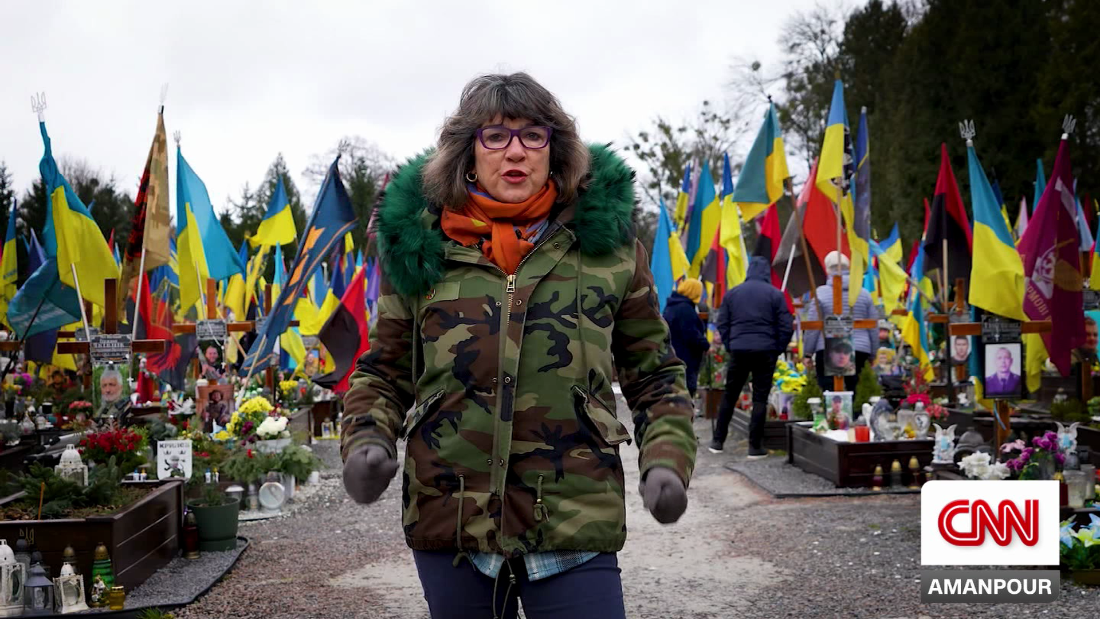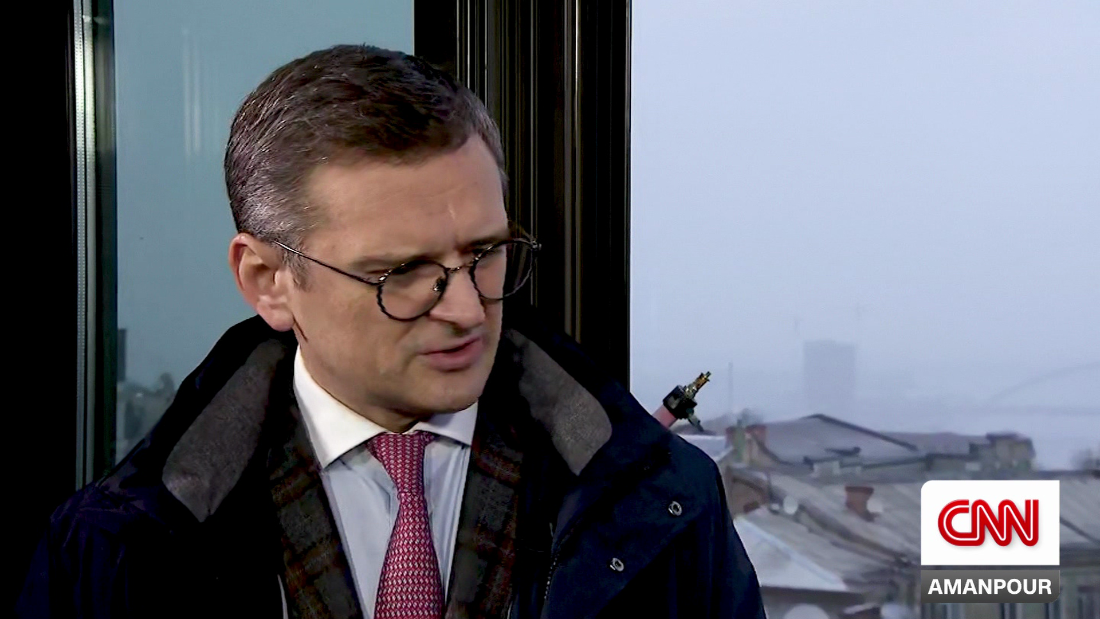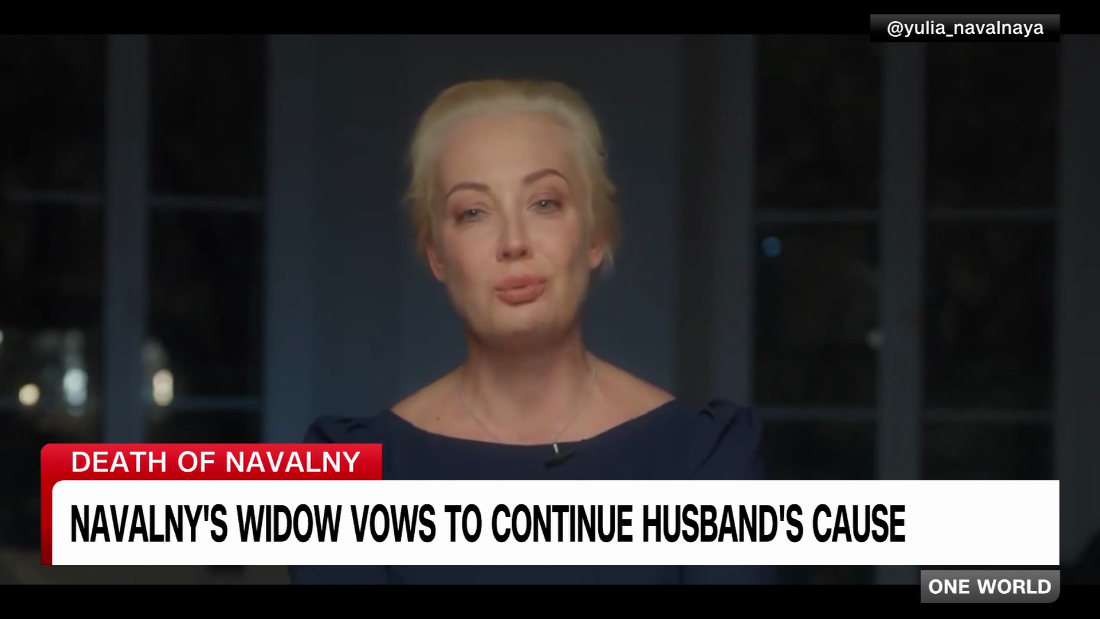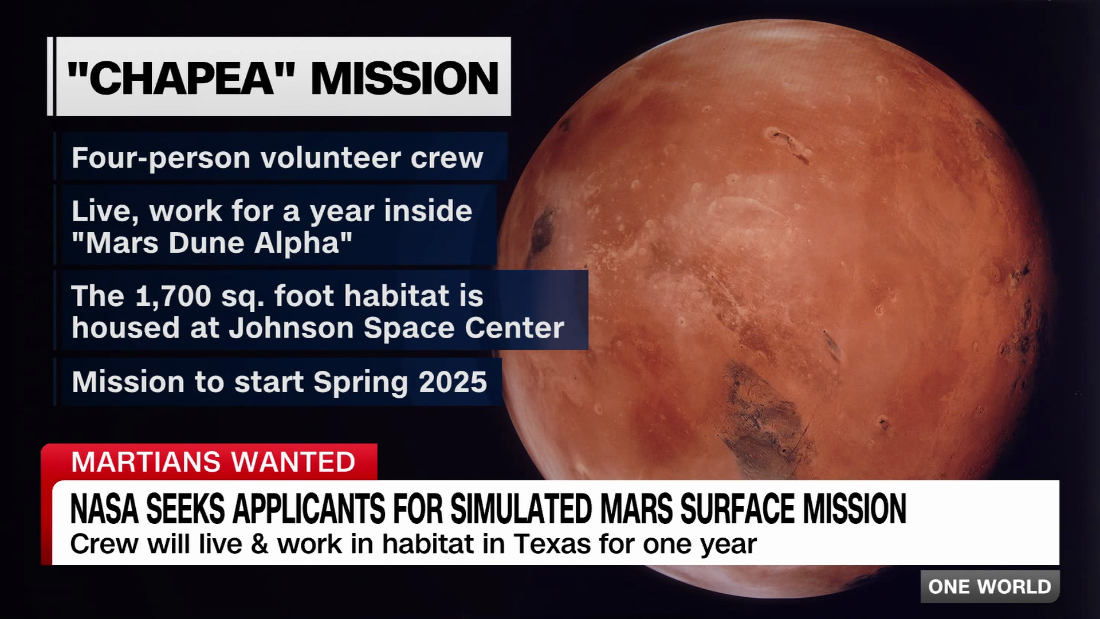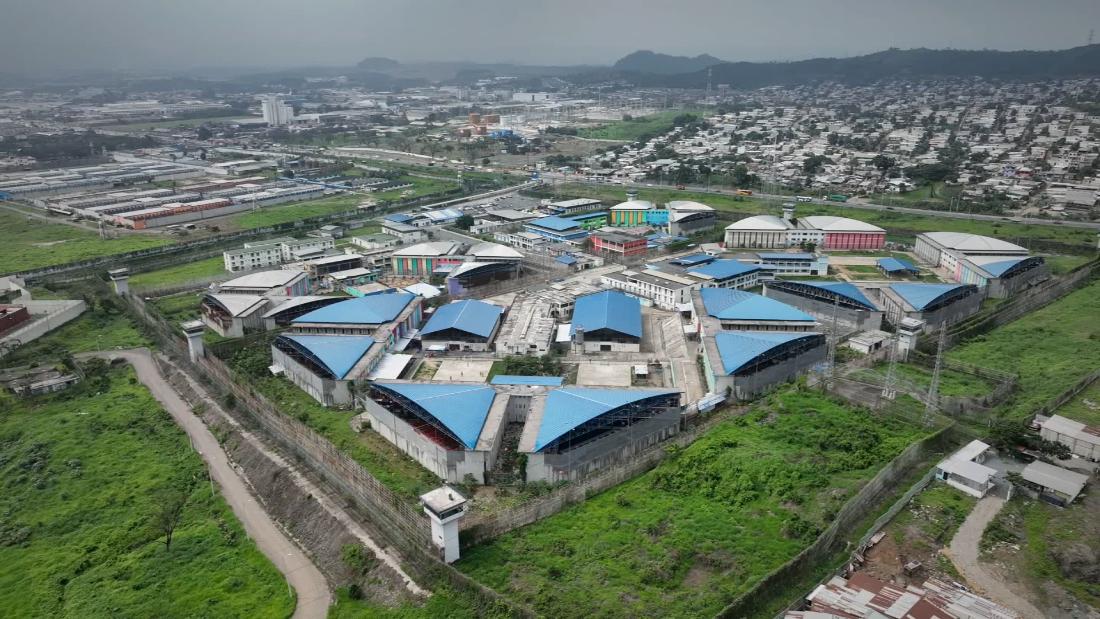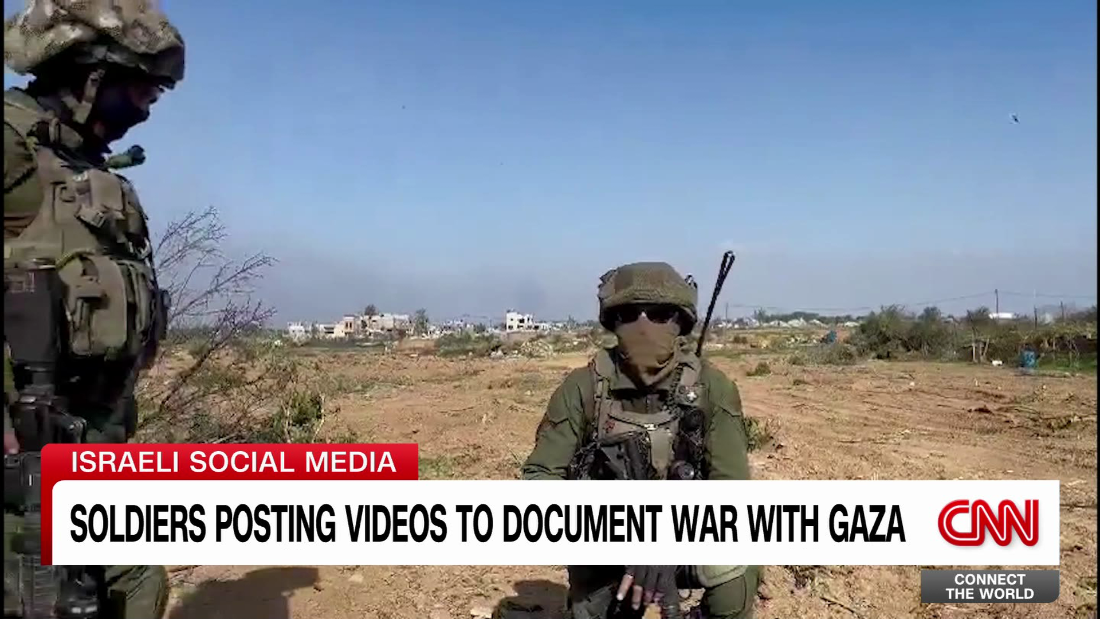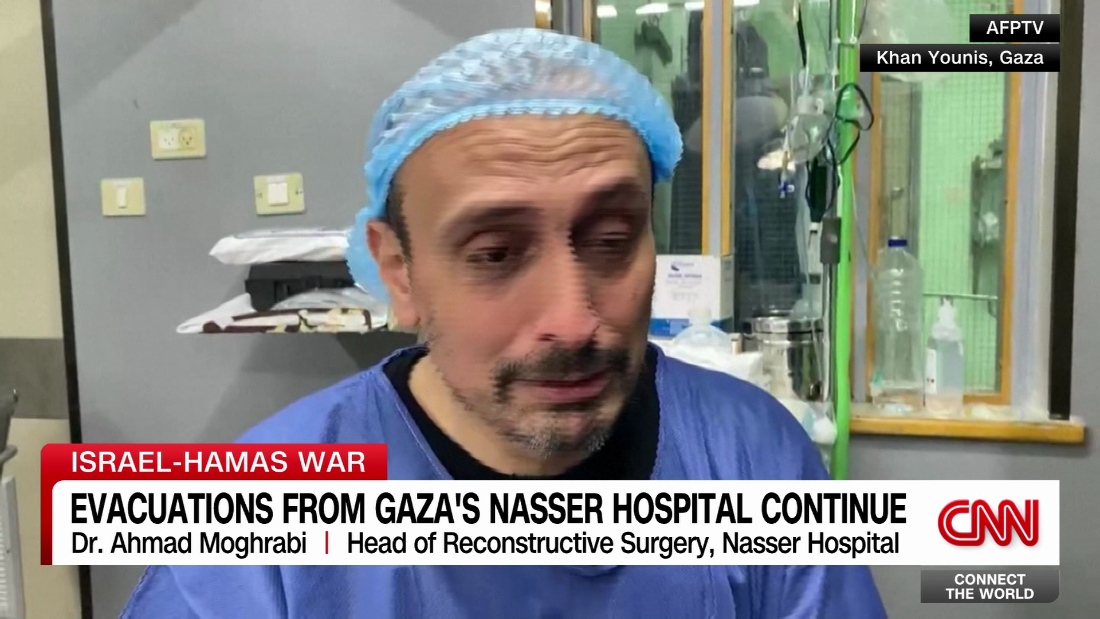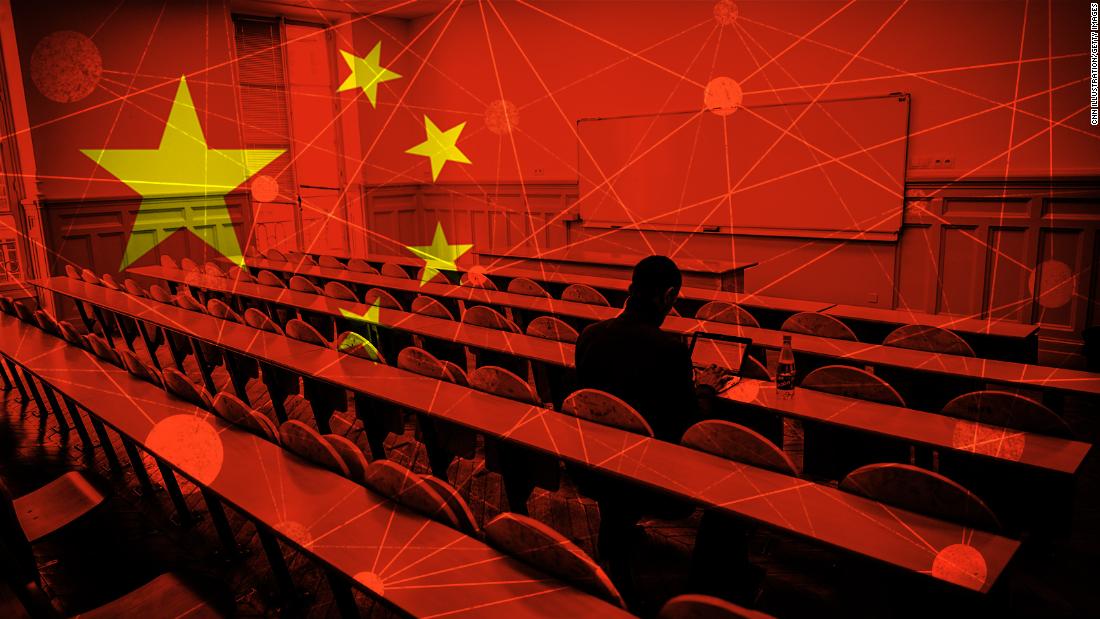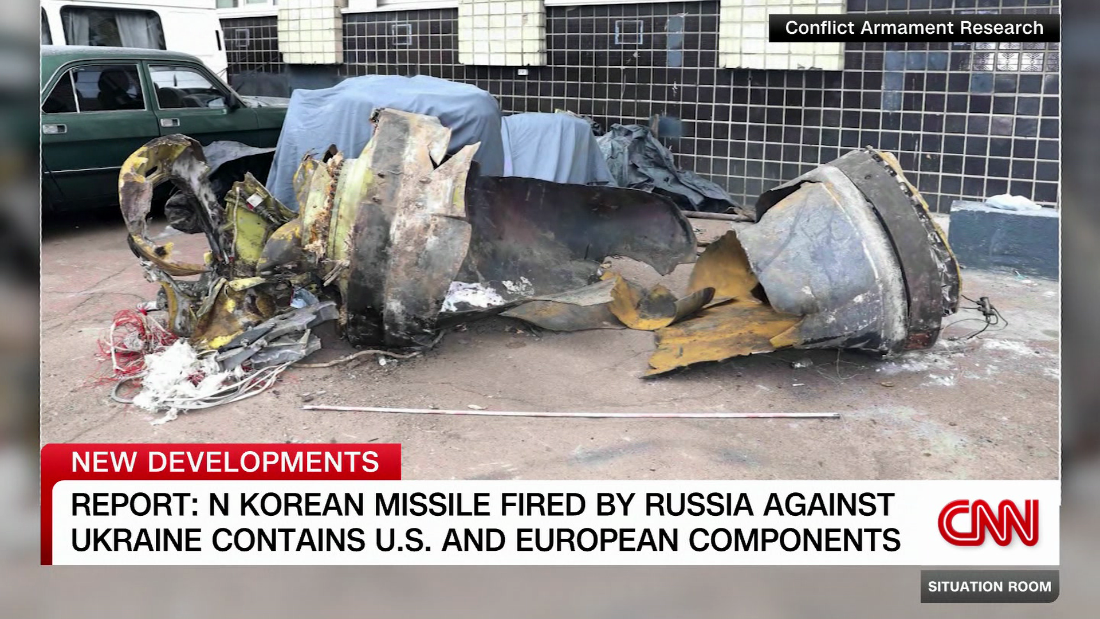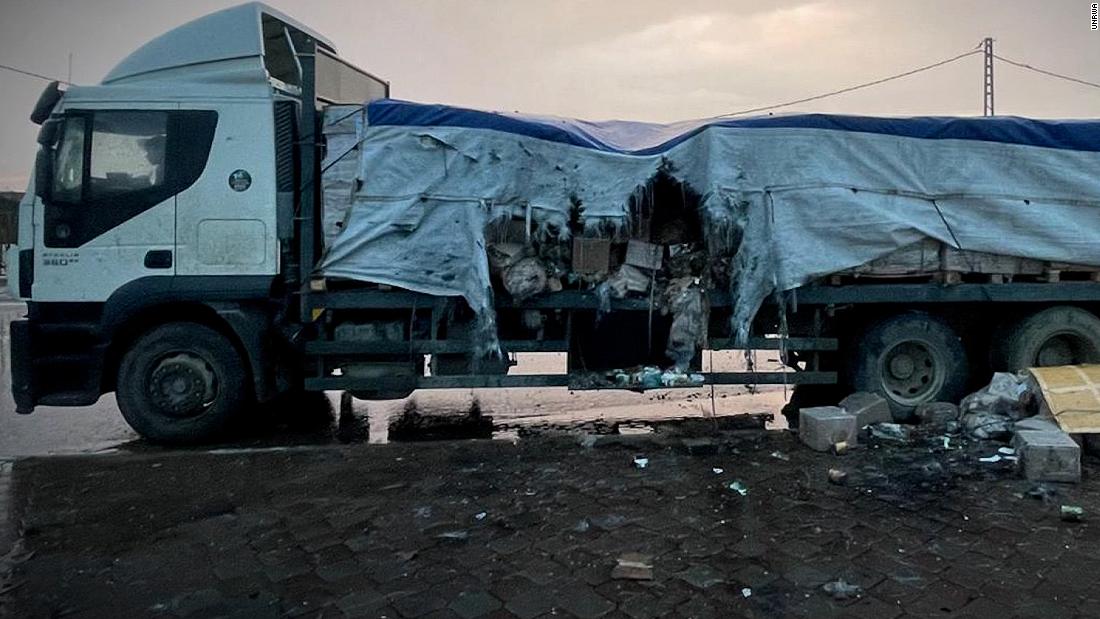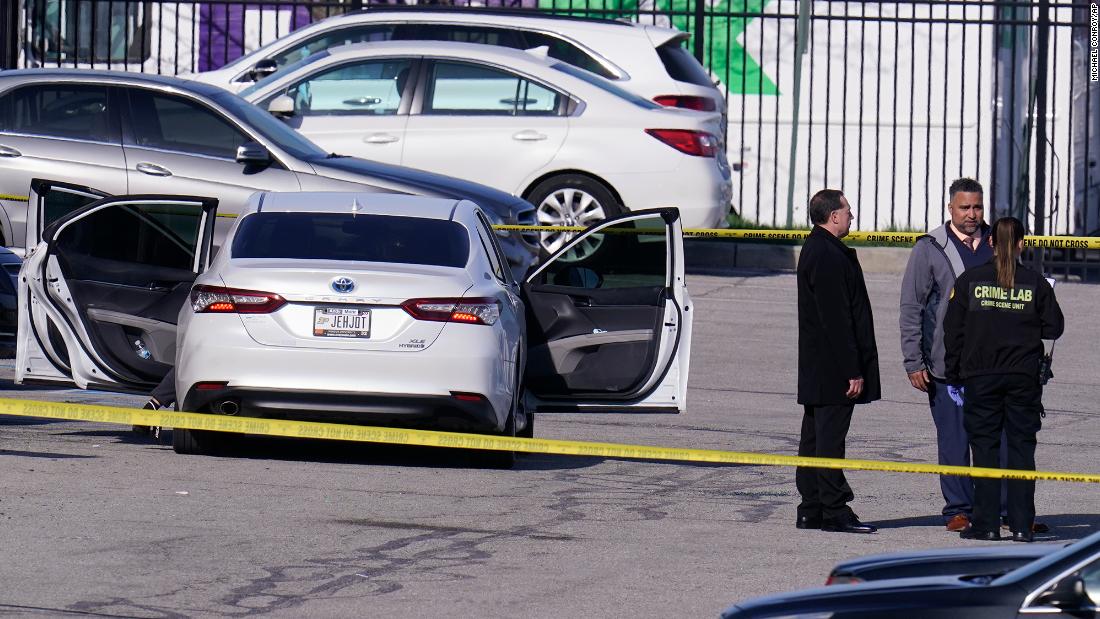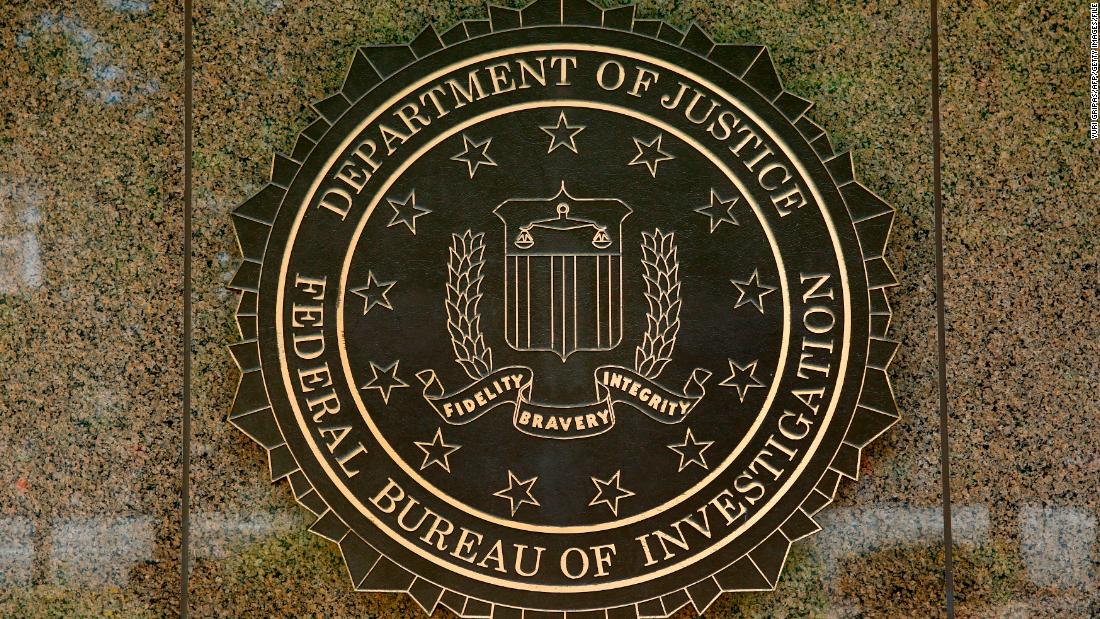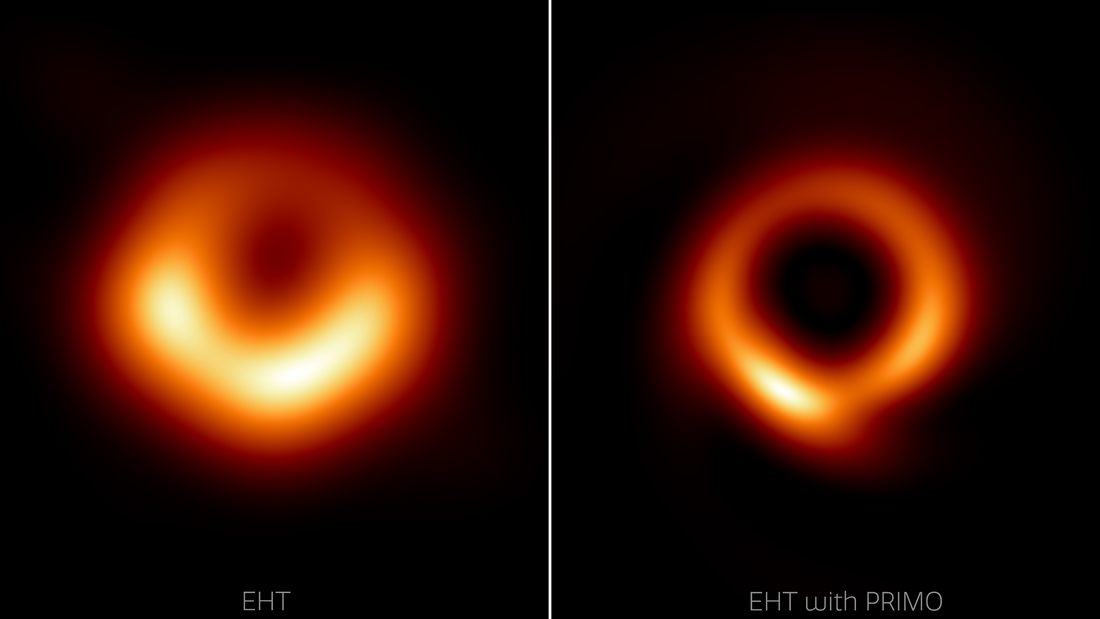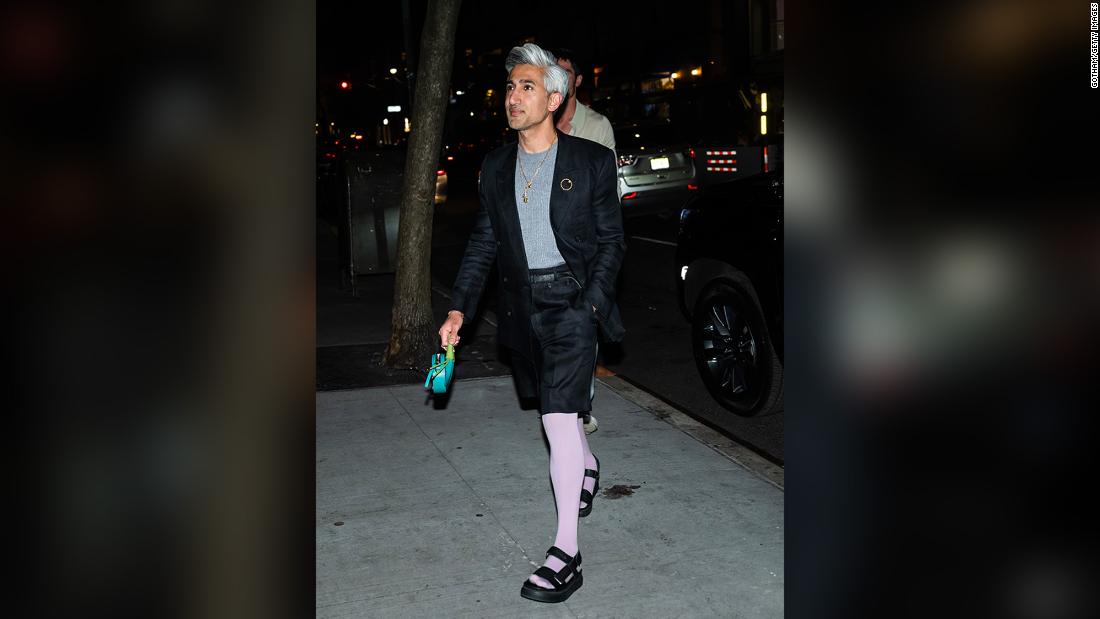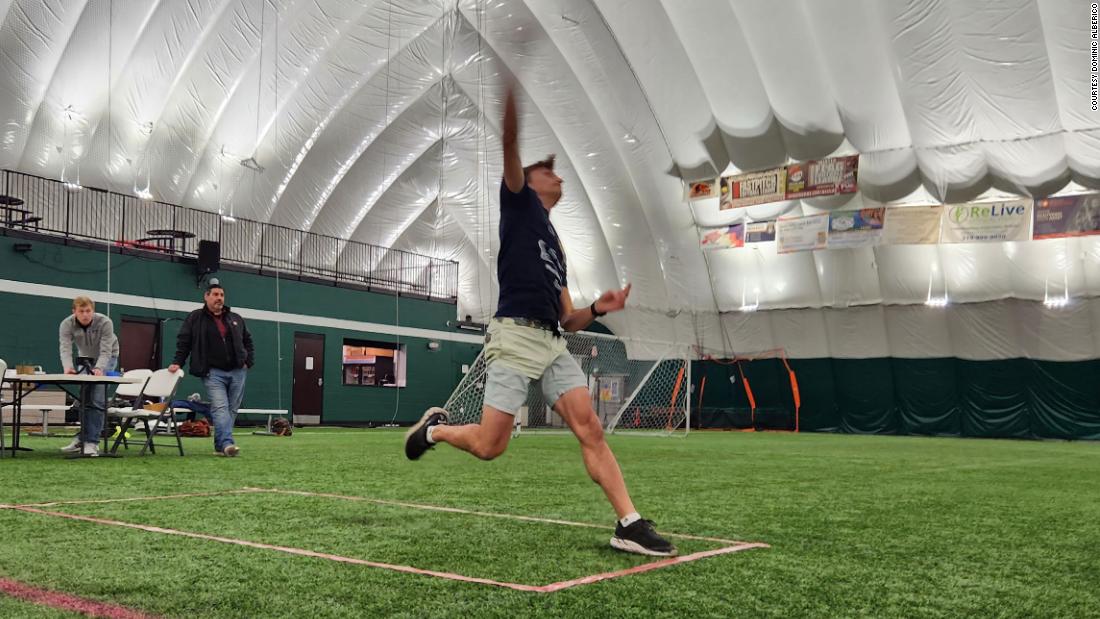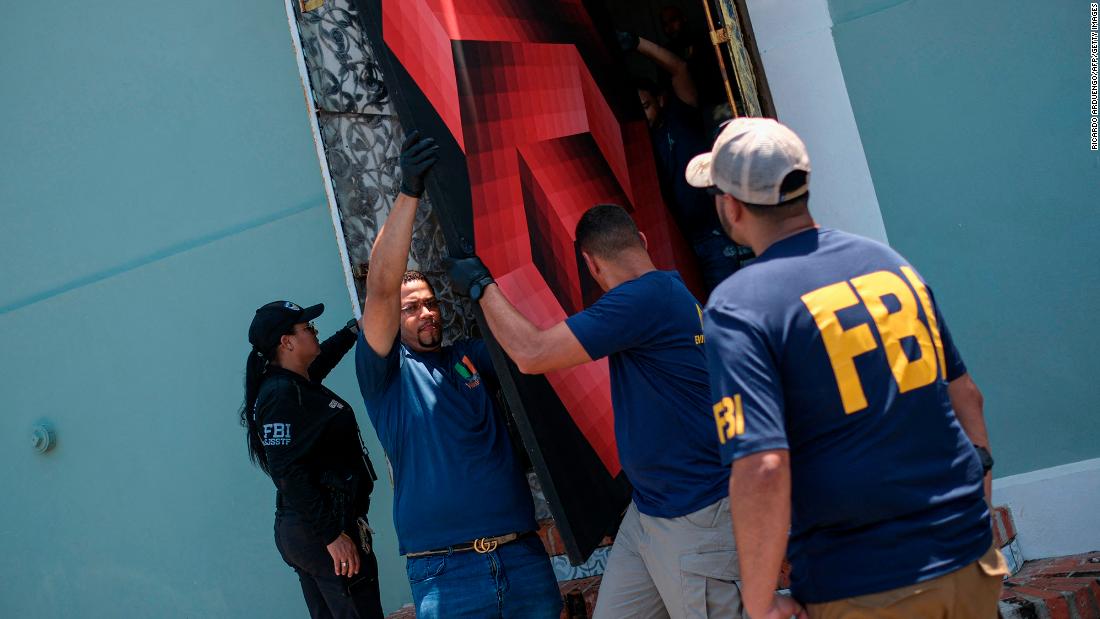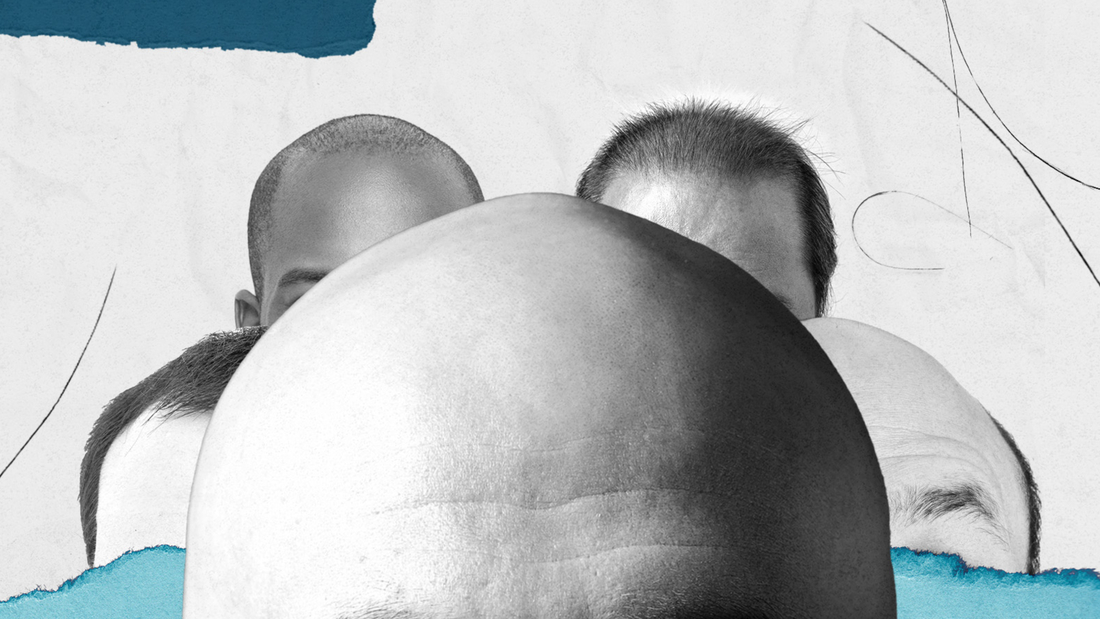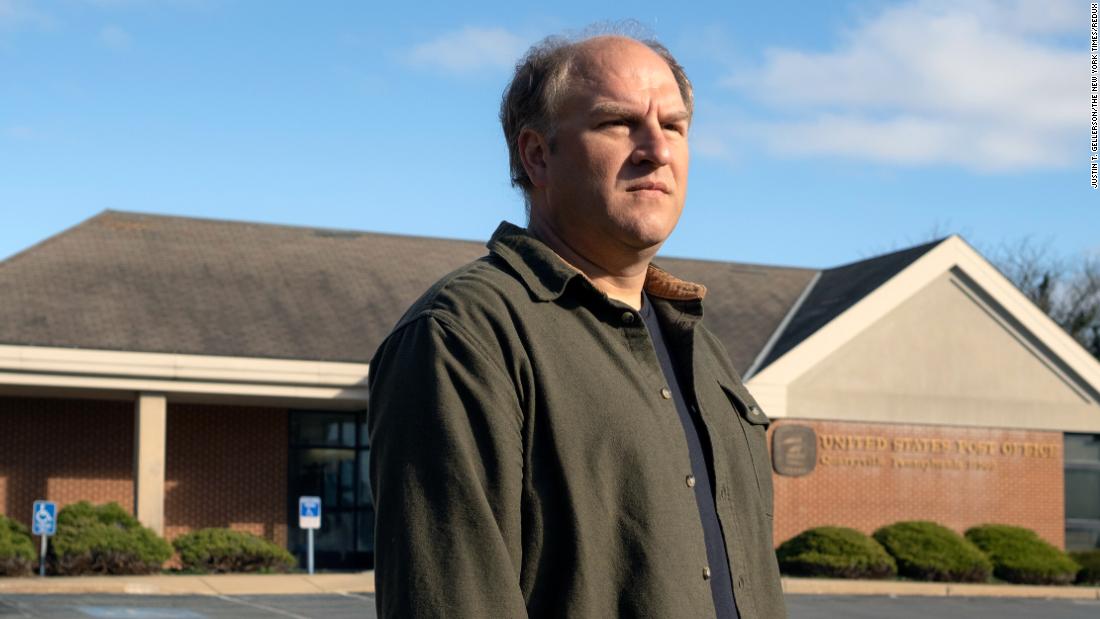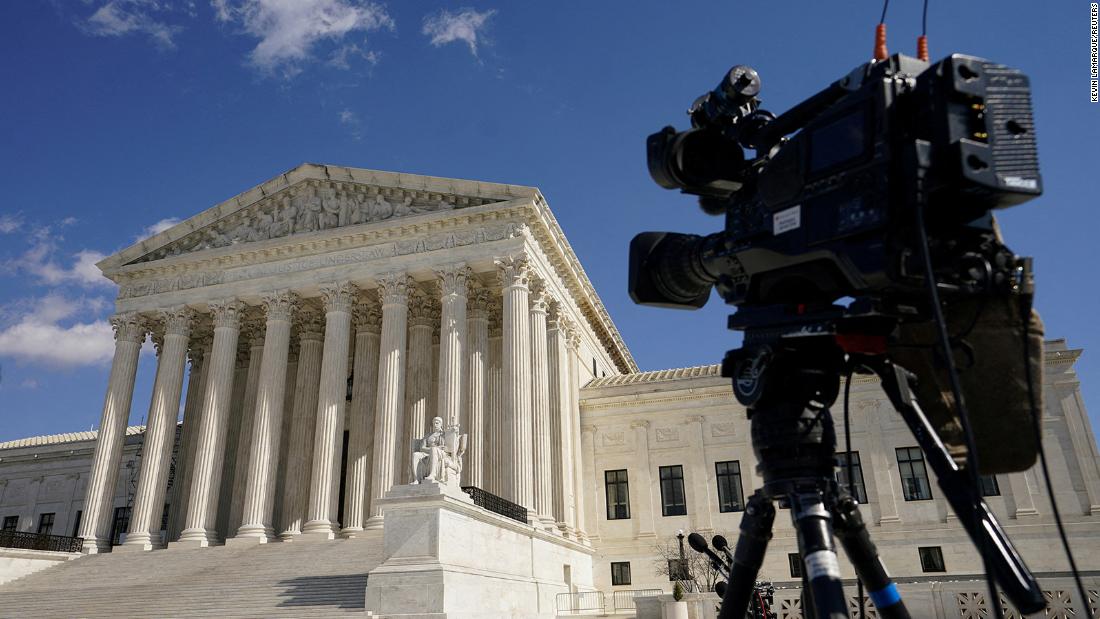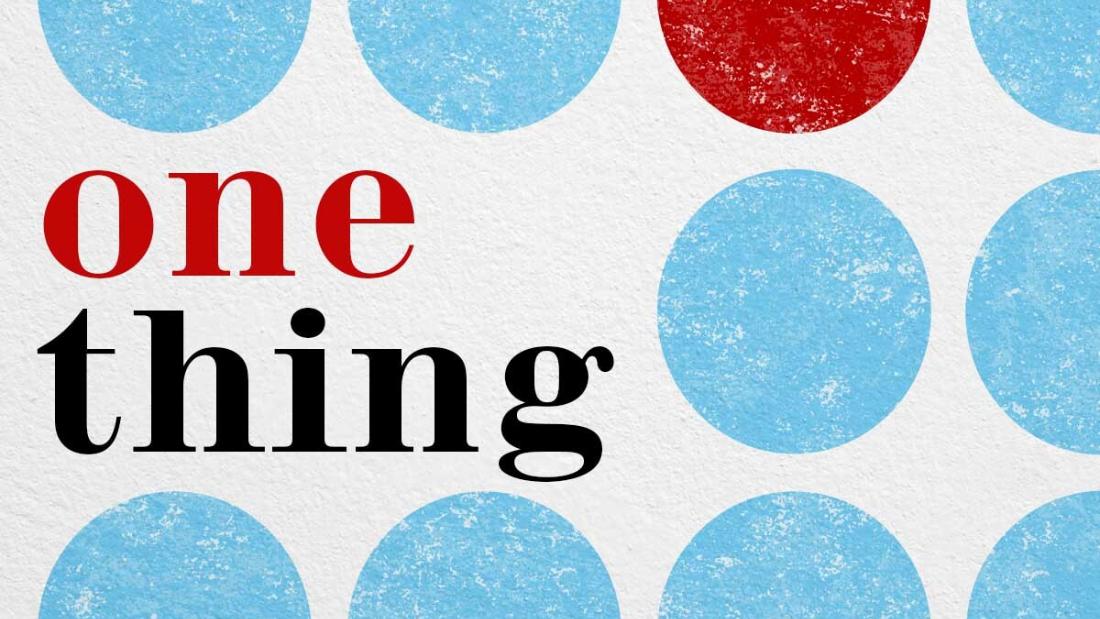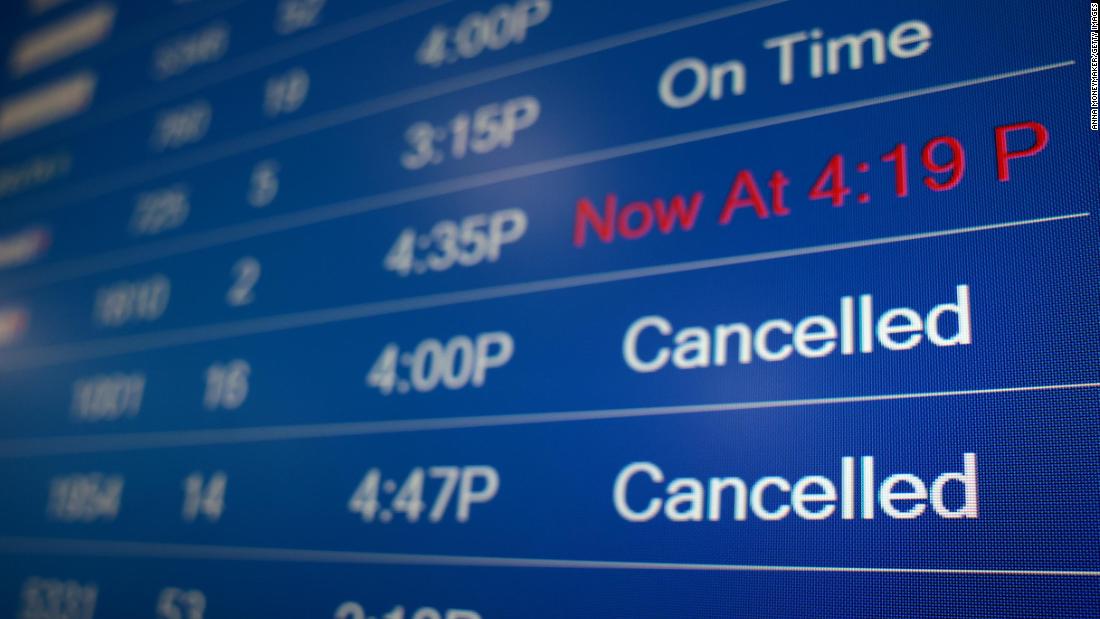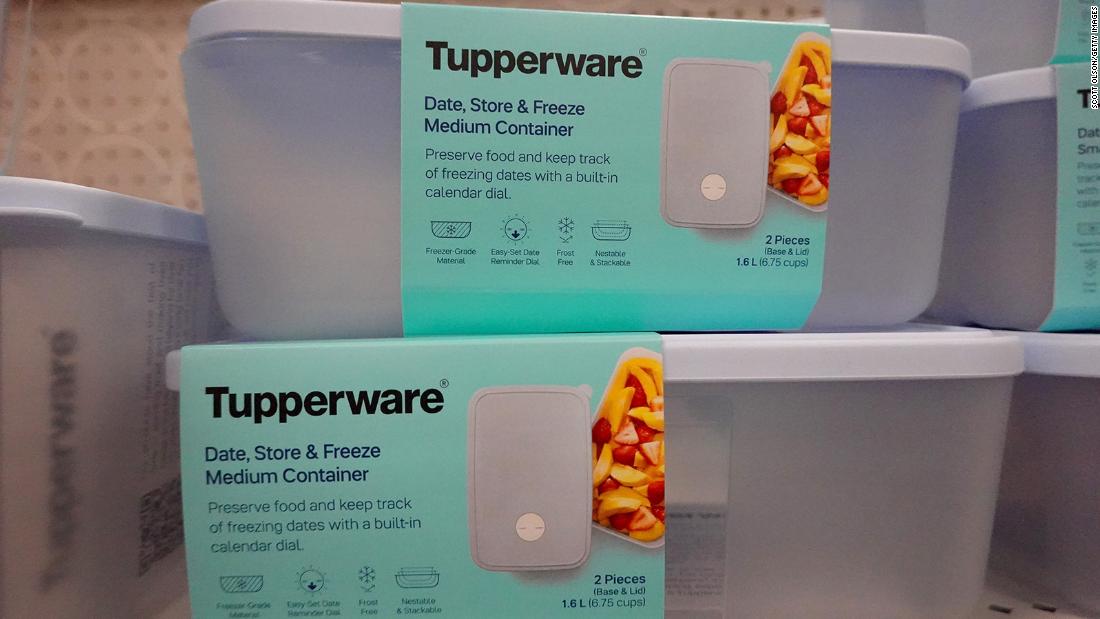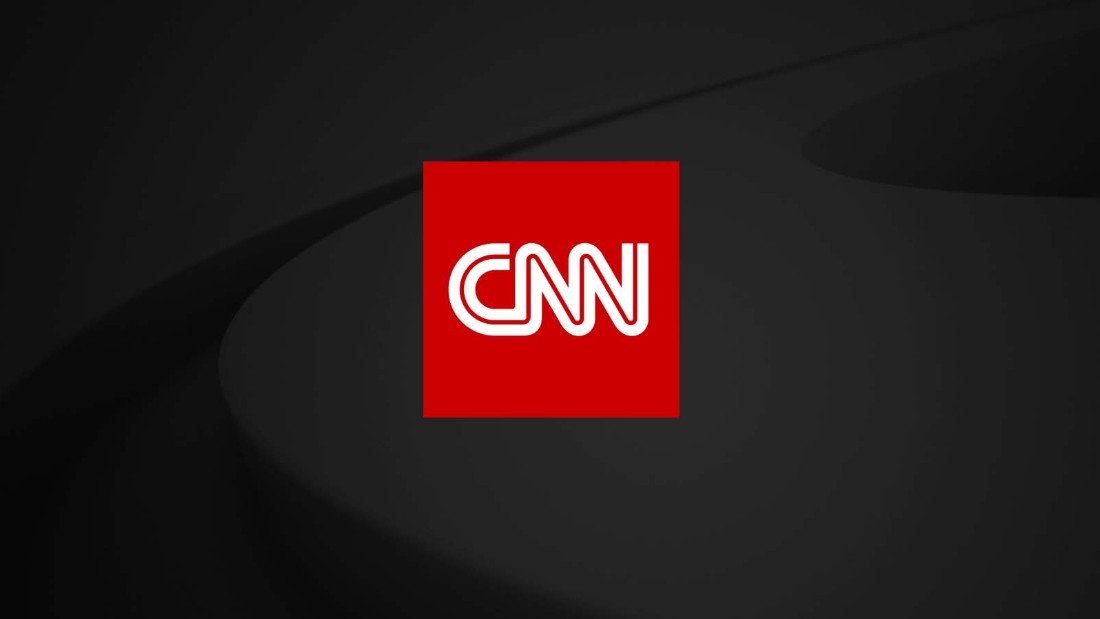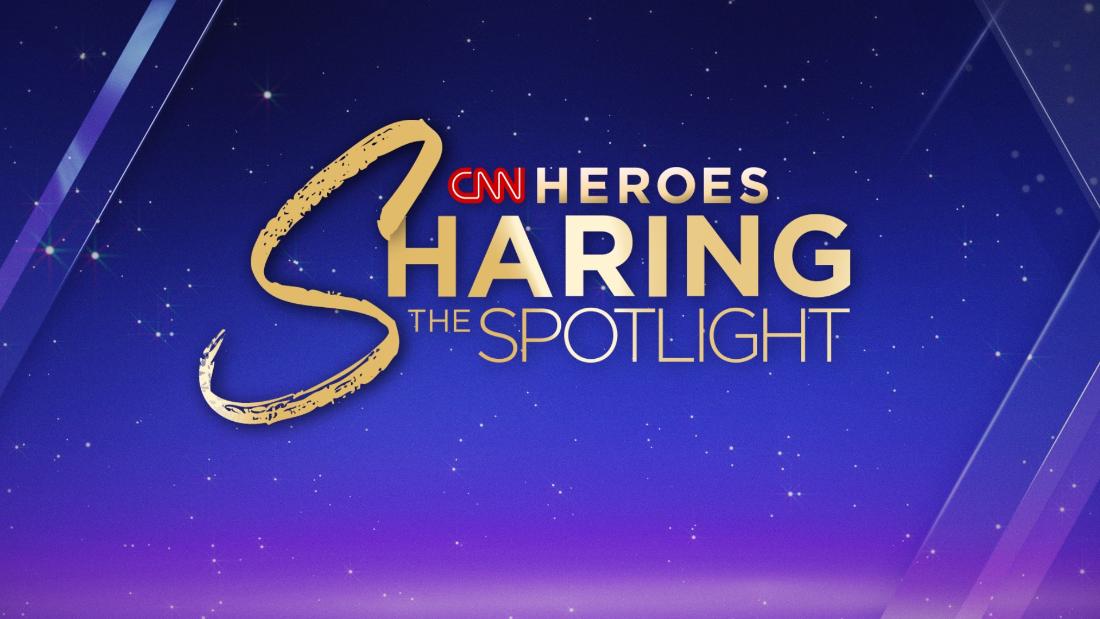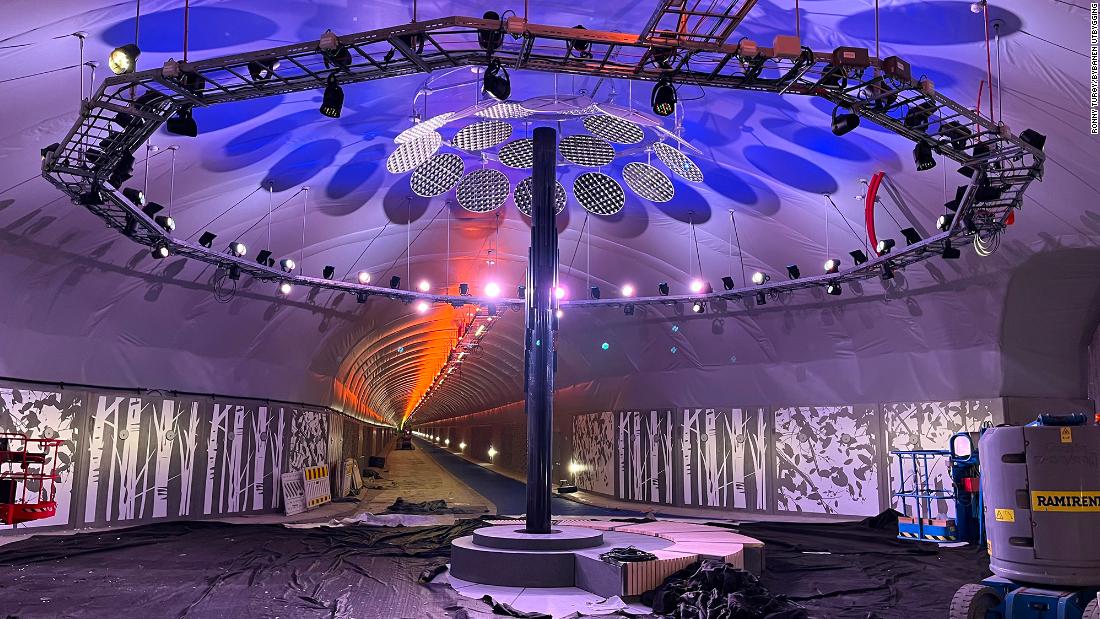TSUNAMI waves have hit parts of California – hours after the monster 8.8 earthquake that was reported off the coast of Russia.
Waves of around one-and-a-half feet have been reported while locals and tourists in San Francisco and Los Angeles are on high alert.
ReutersLocals in Honolulu pictured evacuating after tsunami warnings were issued[/caption]
AFPA Los Angeles Police Department helicopter seen flying over Santa Monica beach[/caption]
AFPTourists and cops warn the public in Santa Monica about the tsunami warning[/caption]
The quake – which is the sixth largest ever recorded – hit about 84 miles off the coast at around 7.24pm EST on Tuesday (12:30am BST) at a shallow depth of 19.3 km (12 miles).
Waves hit the West Coast after locals in Hawaii sought higher ground as they heeded the tsunami warnings sent on their cellphones.
Pictures showed cops patrolling Santa Monica Pier and helicopters overhead searching beaches.
Crescent City, a northern California village that was badly damaged by the 1964 monster quake that struck Alaska, is expected to be the worst-affected.
Waves expected to crash into the Crescent City coastline were expected at 11:40pm on Tuesday, but arrived one hour later.
Waves reached 3.6 feet in Crescent City, according to officials.
San Francisco officials estimated waves would hit around Wednesday 12:40am local time.
Waves of 1.6 feet and 1.4 feet were reported in Arena Cove and Monterey, California.
Officials warned about the risks of dangerous currents, but locals were not told to evacuate.
Locals were also urged not to call 911 for evacuation instructions so lines would not become jammed.
Residents were also ordered to move away from all beaches and shorelines, according to the San Francisco Department of Emergency Management’s order.
What is a tsunami and what causes them?
TSUNAMIS are incredibly powerful natural disasters, where a tower of water surges towards land and leaves devastating levels of destruction in its wake.
The killer waves can reach up to 100ft and are capable of decimating towns – here we look at what a tsunami is and how to survive one.
A tsunami, also called a seismic wave, is a series of waves caused by the movement of a large body of water.
They are mostly caused by earthquakes at the boundaries of tectonic plates, deep under water.
The movement of the plates at their boundaries cause a dramatic reaction in the water above which result in large waves.
Seemingly harmless waves can sometimes only be 30cm high in the open ocean, so go unnoticed by sailors.
But as it reaches shallower waters, the wave is slowed and the top of it moves faster than the bottom, causing the sea to dramatically rise.
This wall of water can be strong enough to push boulders and collapse buildings, destroying entire areas on the coast.
Also called tidal waves, tsunami means “big wave in the port” in Japanese – coined by fishermen after they returned to shore to find their villages devastated by a giant wave they had not seen at sea.
Tsunamis can cause the sea levels to rise by as much as 30 metres, although they usually cause a rise averaging three metres.
Most tsunamis – about 80 per cent – take place within the Pacific Ocean’s “Ring of Fire” where the plates are extremely active movers and cause frequent earthquakes.
A tsunami can be formed in a number of different ways but usually there are three things that have to happen.
An earthquake must measure at least 7.0 on the Richter scale, this moves the water with enough force to build the tsunami wave at sea.
Secondly the sea bed must be lifted or lowered by the earthquake, this is often where the earth’s tectonic plates meet which allows the movement.
Finally, the epicentre of the earthquake must be close to the Earth’s surface, meaning the quake can impact things on the surface rather than deep in the earth’s crust.
Earthquakes, volcanic eruptions, underwater explosions, landslides, meteorite impacts and other disturbances above or below water can potentially generate a tsunami.
While normal waves are caused by the winds as well as the moon and the sun, a tsunami is always caused by the displacement of a large body of water.
The term tidal wave is technically incorrect as tsunamis are not impacted by the tidal pull at all.
As the wave builds, travelling towards land, the height builds from the faster movement at the top of the wave.
This continues to pull in water until it crashes, unleashing destruction in its path.
Retreating sea water on the coast is one of the major warning signs that a tsunami is about to hit, although it only gives a warning of about five minutes.
Oregon and Washington State are also under tsunami advisories.
Waves are expected to hit Tacoma at 2am on Wednesday morning.
Waves have already hit Hawaii, and locals were seen taking precautionary measures, including stocking up on bottles of water and leaving for higher ground.
Cars clogged up roads in Honolulu as they rushed to get to the mountains.
VIdeo obtained by the NBC affiliate KHNL-TV showed flooding at the Haleiwa Boat Harbor in Oahu.
Tsunami warnings in Hawaii have since been downgraded.
Chip McCreery, the Pacific Tsunami Warning Center Director, said the “worst part of it” is over.
Around 200 people sheltered in Maui airport and all departure and arrival flights have been canceled.
Millions received tsunami warning notifications on their cellphones.
“You are in danger,” the notice said.
“Get away from coastal waters. Move to high ground or inland now.
“Keep away from the coast until local officials say it is safe to return.”
All commercial harbors on the island were closed as a precaution.
Oprah Winfrey opened her private road to help Hawaiians evacuate.
The 8.8 quake resulted in extensive damage, with pictures showing a kindergarten building that had been crumpled.
Five beluga whales washed ashore in Russia’s Kamchatka province after water receded.
Waves up to one foot have since been reported in Guam.
Officials have since confirmed there is no further tsunami threat to Guam.
Impacts of the quake have also been seen in Japan.
Four whales were washed up in Tateyama, Chiba prefecture.
AFPCops on patrol at the tourist hotspot[/caption]
SplashDisgruntled passengers left waiting for information at Los Angeles airport[/caption]
APResidents in Oahu were seen sheltering in a Walmart parking lot[/caption]
AFPSwarms of cars seen leaving Waikiki beach in Oahu after receiving tsunami warning alerts[/caption]
AFPA kindergarten in Russia collapsed from the earthquake[/caption] Published: [#item_custom_pubDate]













